With quite a bit of delay, here is the writeup of my this year's high summer flying holiday.
As I like swimming, in high summer I like "beach destinations". On the other hand, I always avoid the mediterranean between late june and late august. It's just too crowded, too hot outside and the sea is too warm for my taste.
But the Atlantic is fantastic between mid-July and mid-September. Especially northern Spain turned out to be very pleasant at that time of year: air temperatures of 25 degrees every day (always with a slight breeze) and water temperatures of something like 21 degrees.
The rough plan was to fly to some place in northern Spain and tour the coast with a rental car for a few days, before spending a few more days on the french atlantic coast. The first choice was Asturias airport (LEAS) near Gijon, but when I called for PPR, I quickly found out that this was the wrong choice. So we changed plans and decided on Santander (LEXJ) which had good reviews throughout.
On the day of our departure in late July, we knew we would have a lot of headwind, so the decision was to fly only to the southwest of France (Bordeaux) and to continue on to Spain the day after. In order to limit the maximum leg times, we settled on Troyes-Barberey (LFQB) as our fuel stop.
Here's our routing:
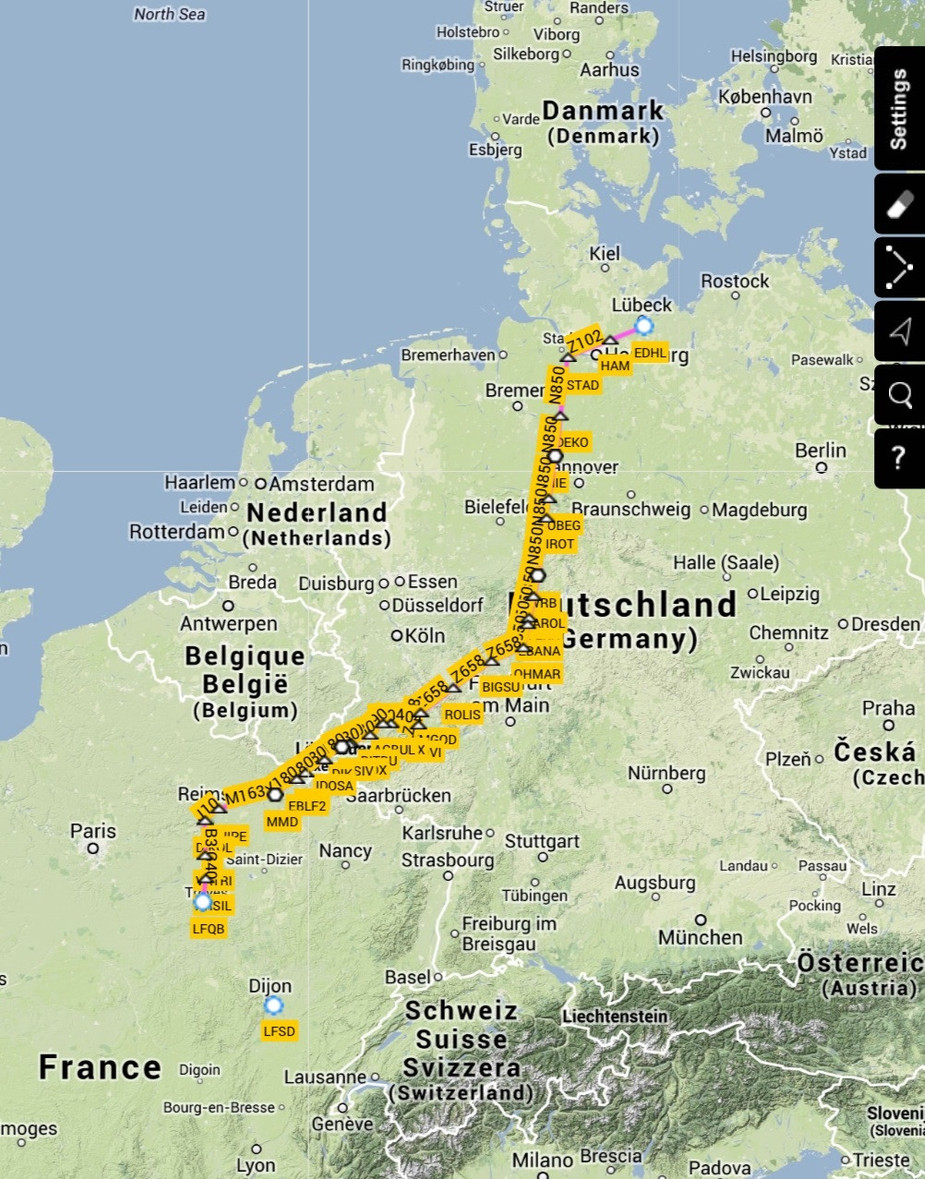
Just before departure at Lübeck (EDHL) in northern Germany; in summer, it's a golden rule to fly as early in the morning as possible in order to get the most stable and calm weather. Take-off was at 08:30 local.
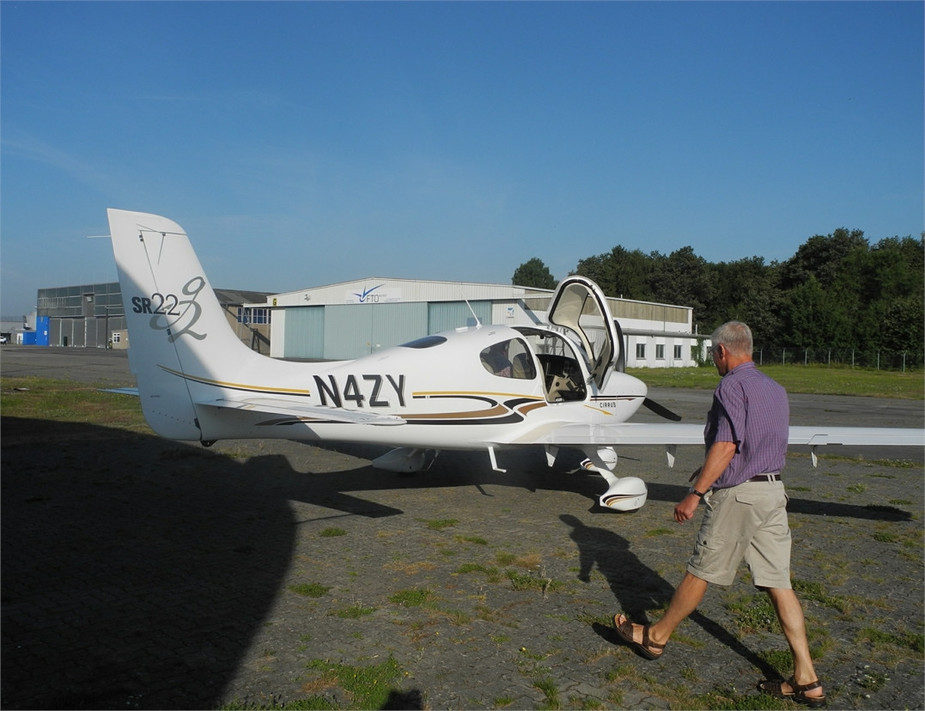
Thanks to the usual shortcuts, we passed directly overhead Koblenz. Here is the "Deutsches Eck" (confluence of the rivers Rhine and Mosel), from FL110.
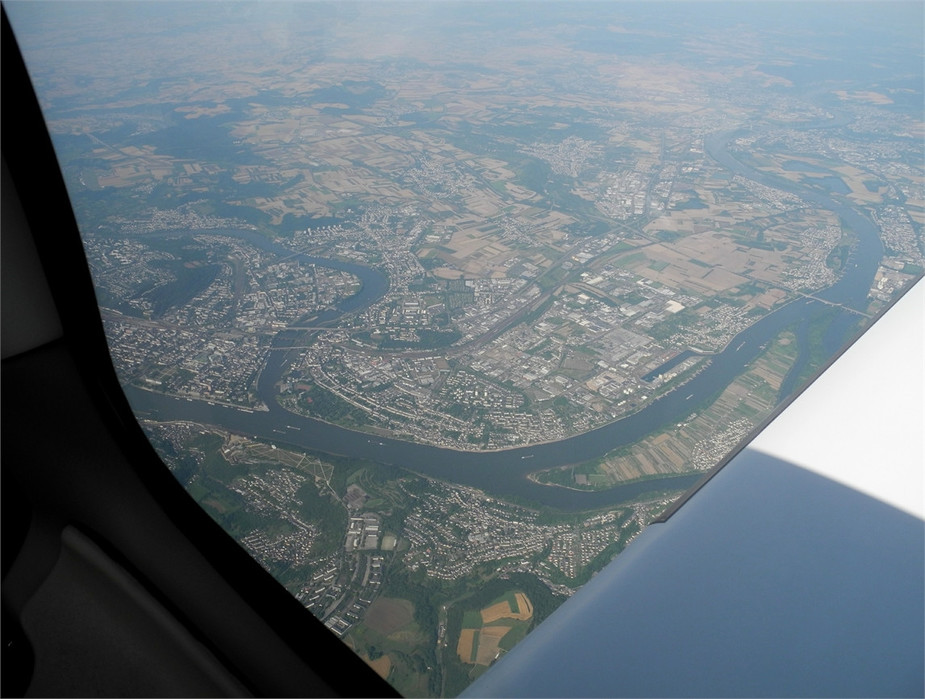
There was some convective weather in southern Belgium, but we managed to stay just to the south of that.
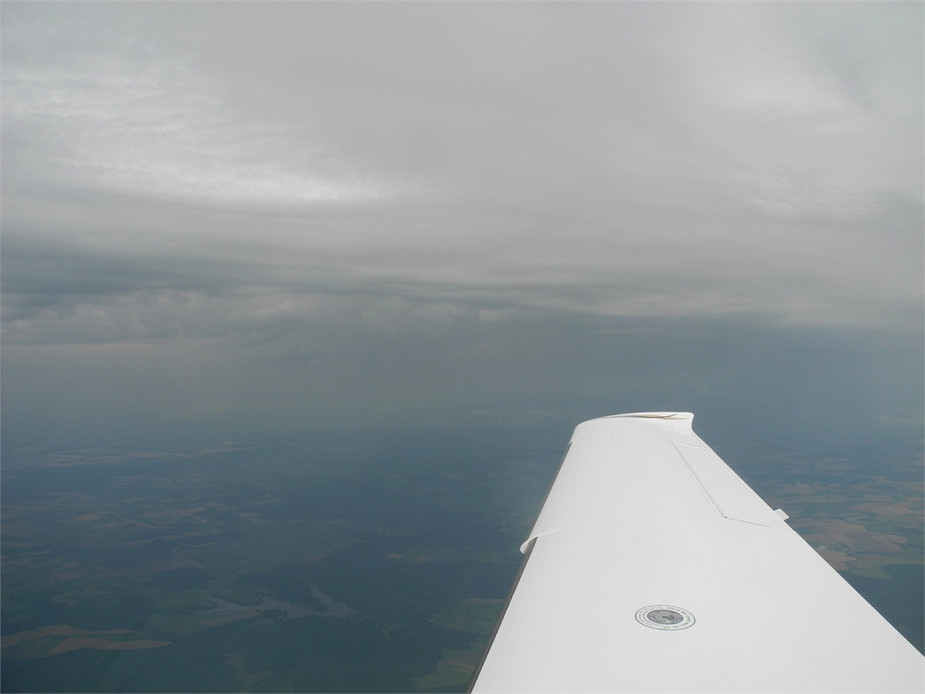
When you see this, you know you have arrived in central France ;-)
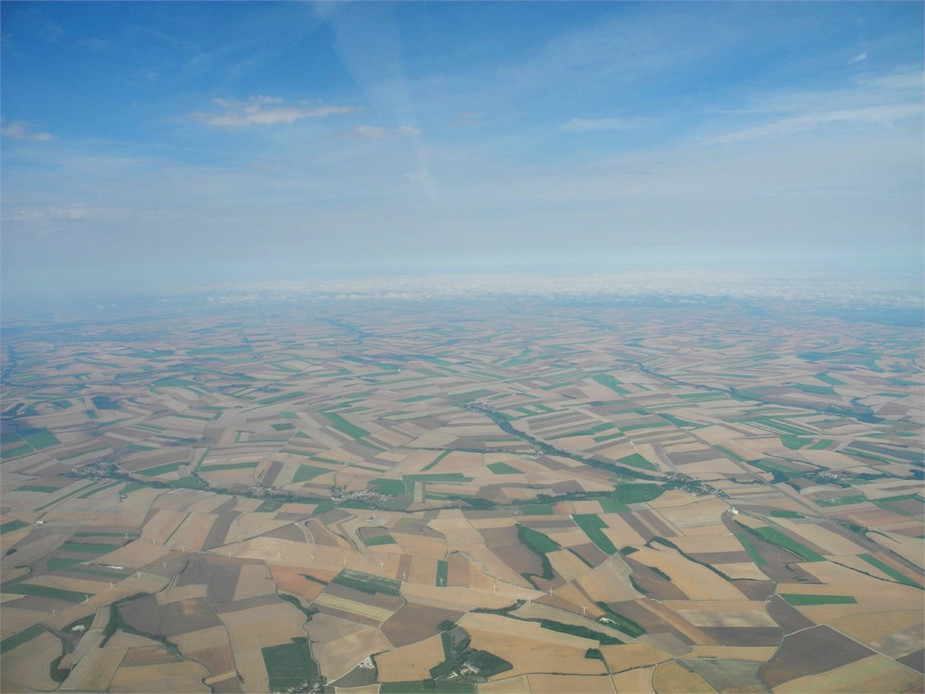
We flew the ILS for runway 19 at Troyes.
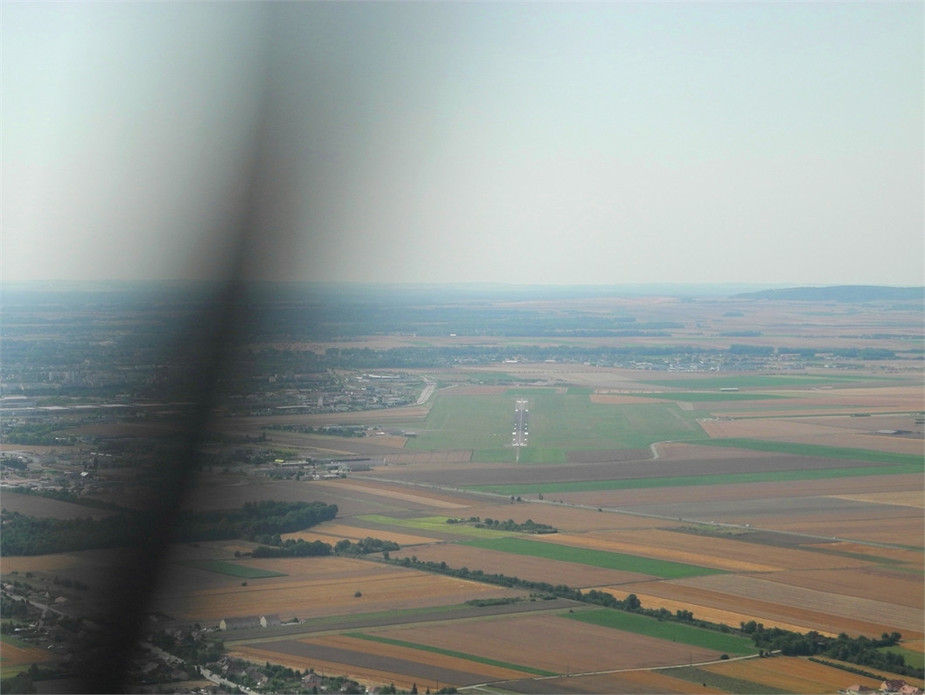
When planning a fuel stop in France, I always try to land before 12:30 local time as this assures the availability of fuel. We actually arrrived before noon, but it turned out that they had a BP station, so even in case nobody had been around, we could have refuelled using our BP card.
BTW, even though Troyes is really a small city in the middle of nowhere, the airport deserves all respect. In Germany, many airports of much bigger cities can't hold a candle to this one.
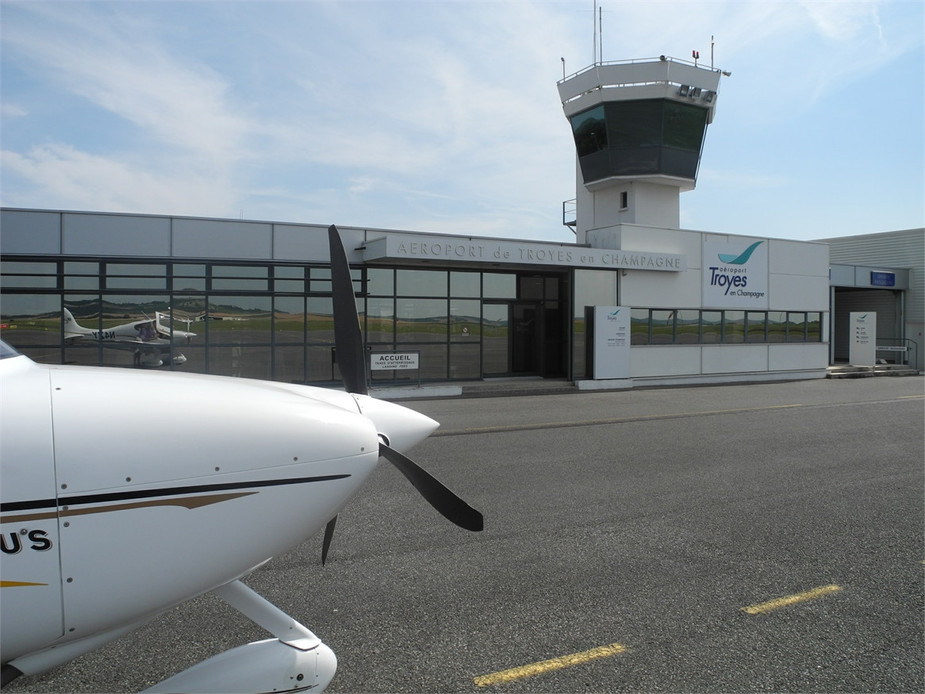
After we had lunch at the Golden Tulip Hotel just outside the airport, we departed for Bordeaux. Here we are at the confluence of the rivers Gironde and Dordogne.
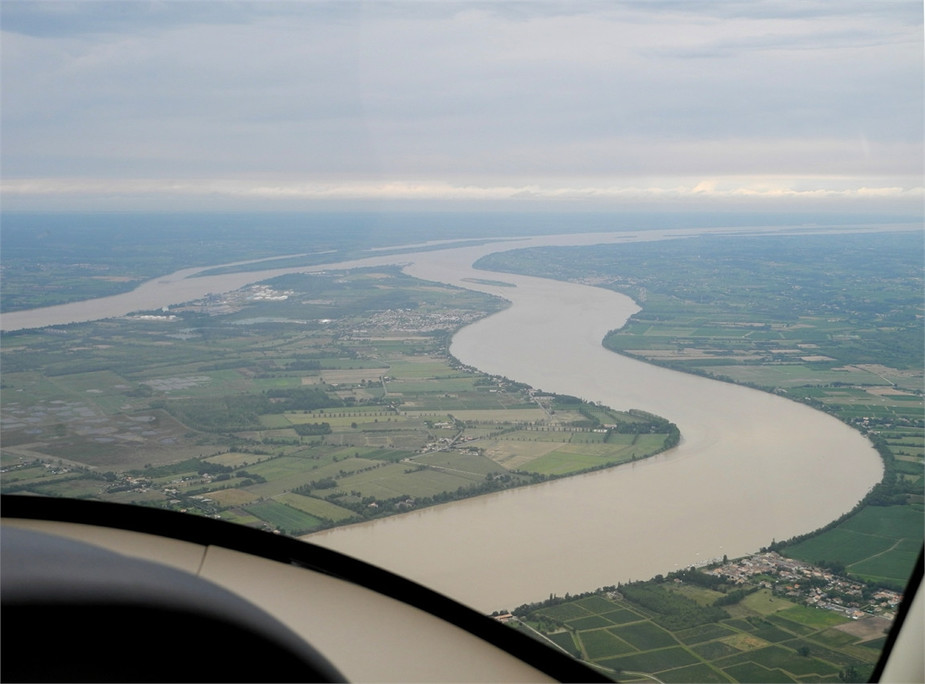
The city of Bordeaux, as seen from the ILS to runway 23.
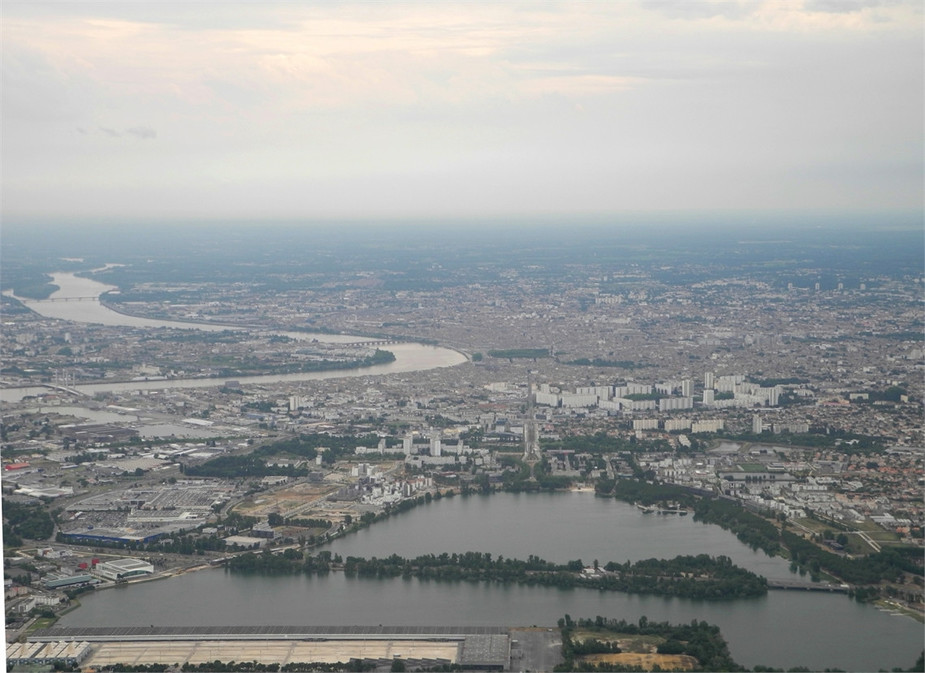
Bordeaux-Merignac (LFBD) airport. Unfortunately, Landmark Aviation have the monopoly for GA handling there and they recently hiked their handling fees...one landing now costs about 100 Euros...
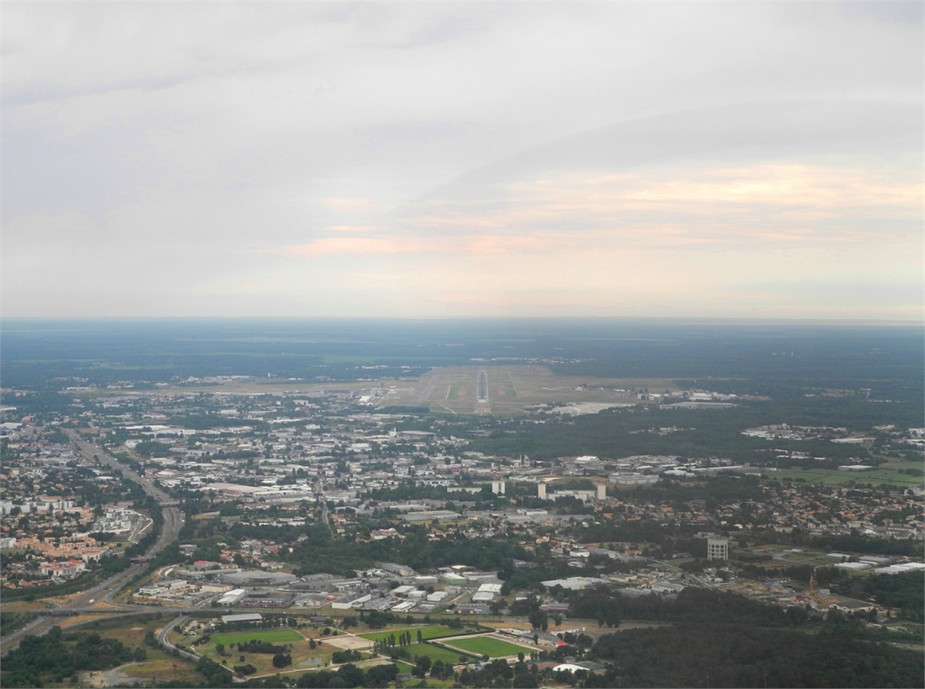
Anyway, Bordeaux is a beautiful city that I have previously visited about ten years ago. Here's a few photos I took early the next morning.
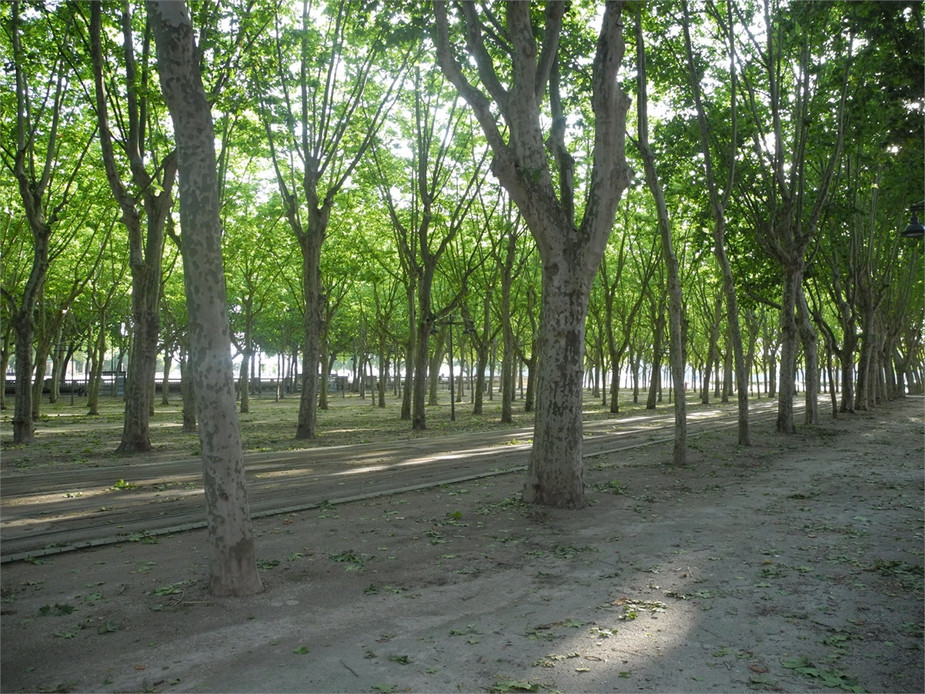
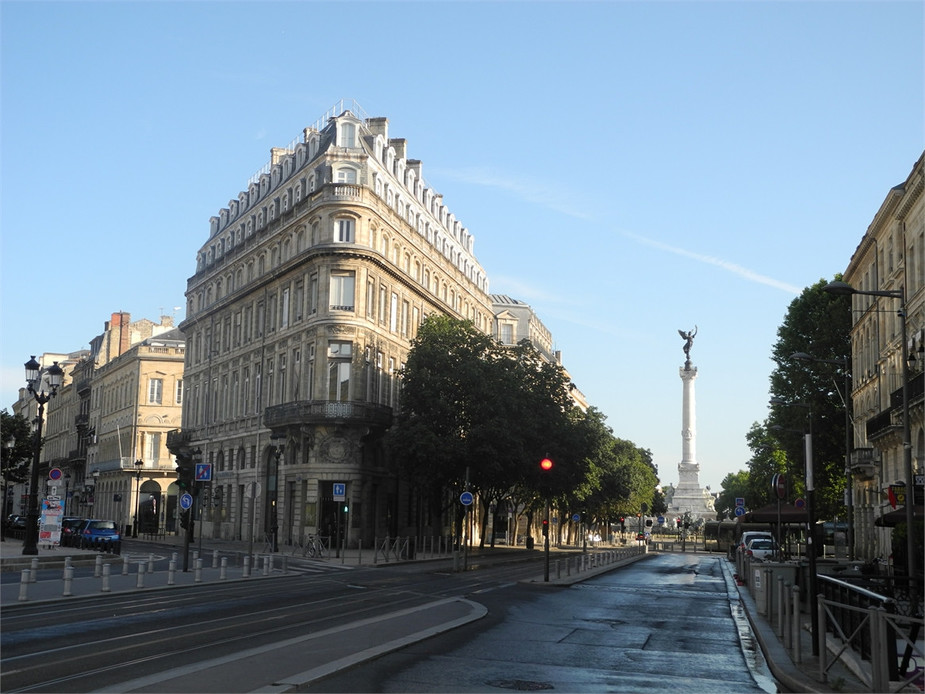
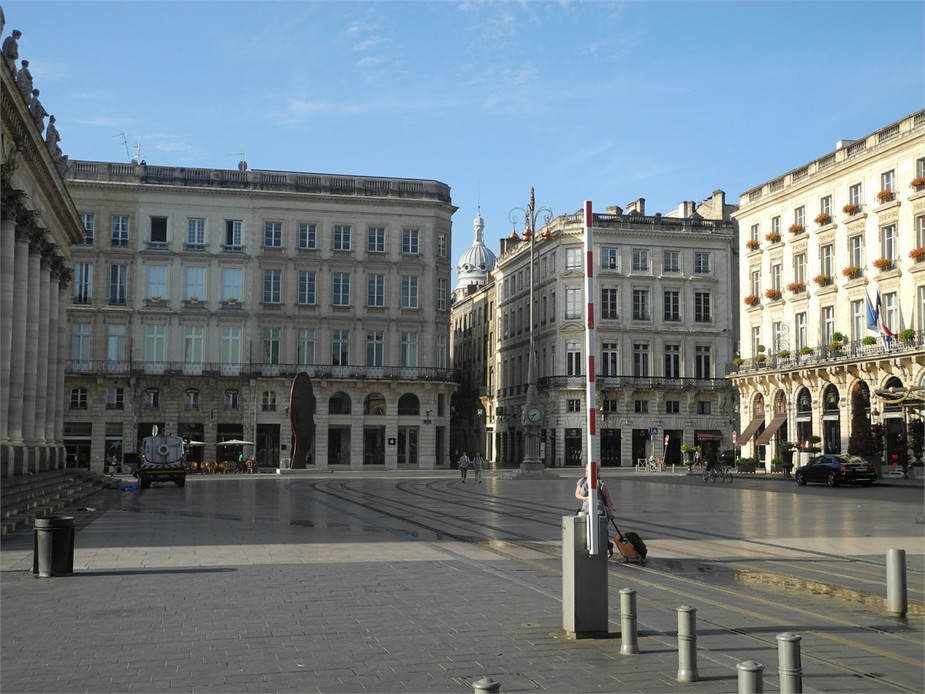
The next morning, we departed Bordeaux for Santander. Here's the first sighting of the Atlantic.
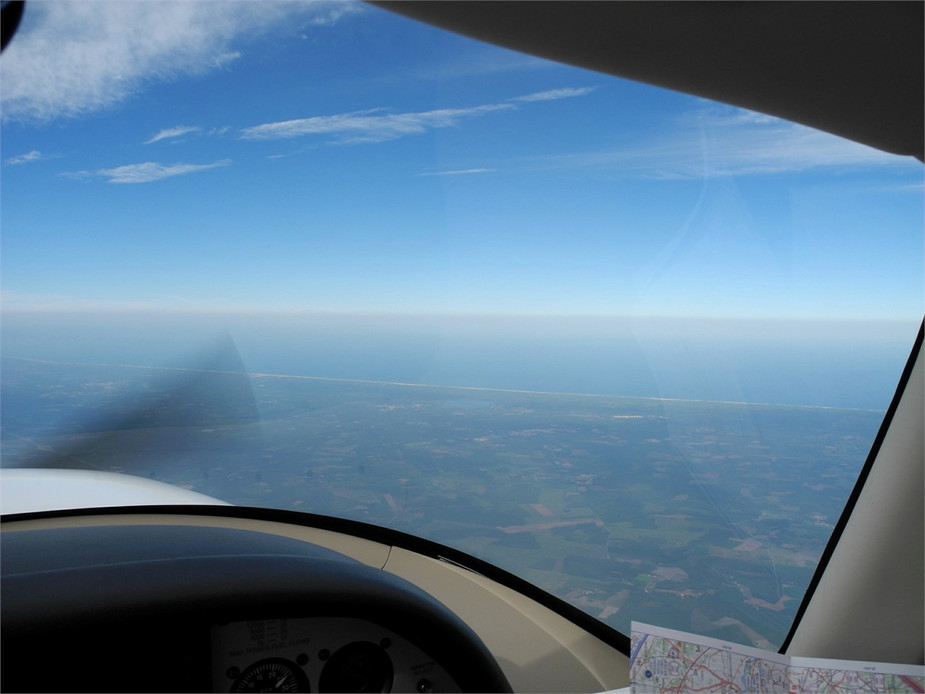
The french Atlantic coast.
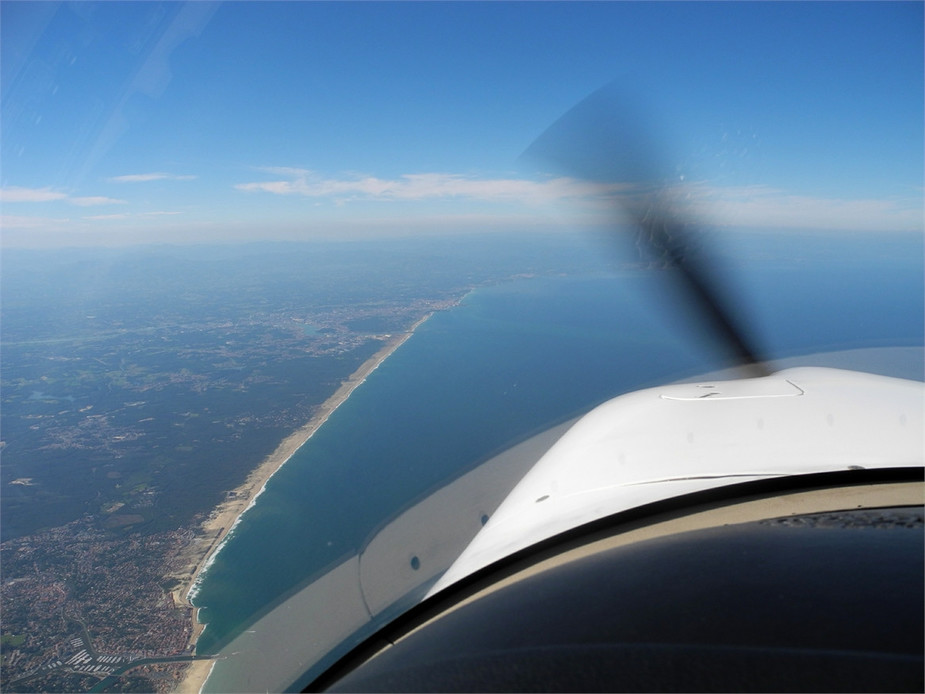
Biarritz...
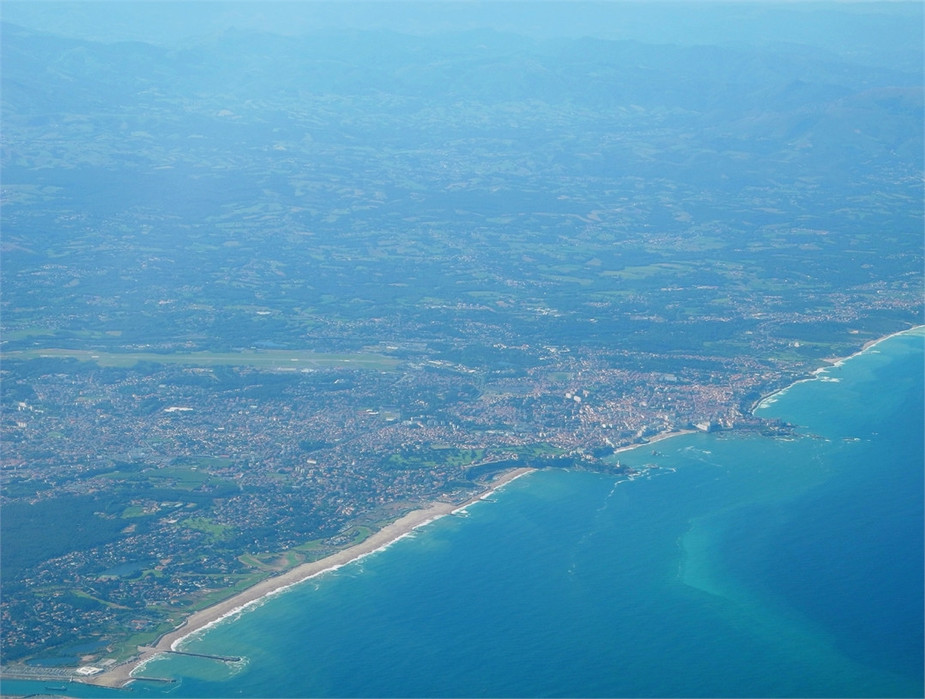
San Sebastian. One of the most wonderful destinations in northern Spain and a perfect blend of "beach" and "city".
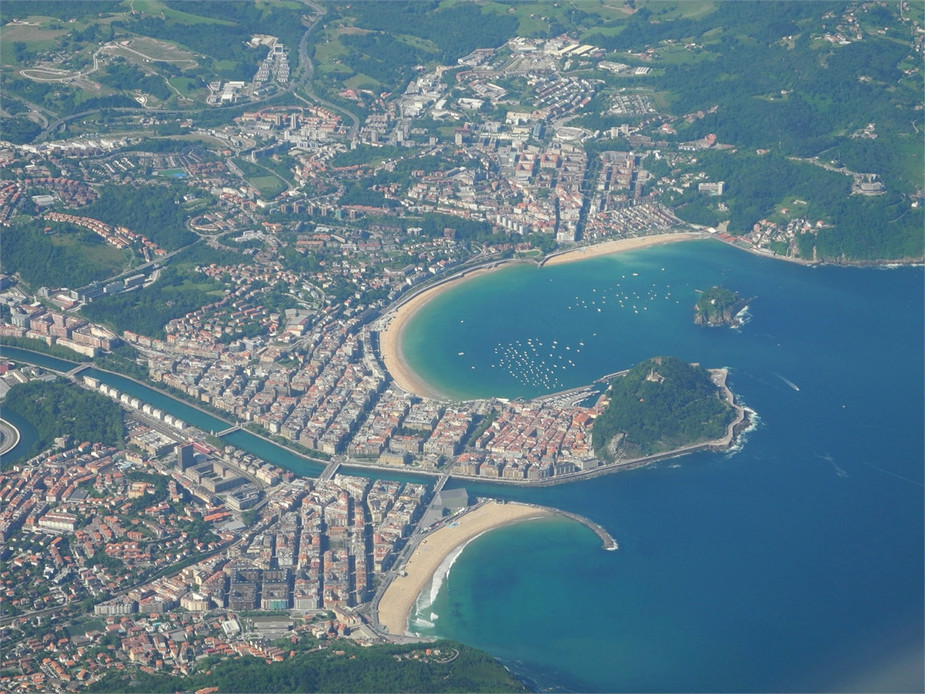
Bilbao.
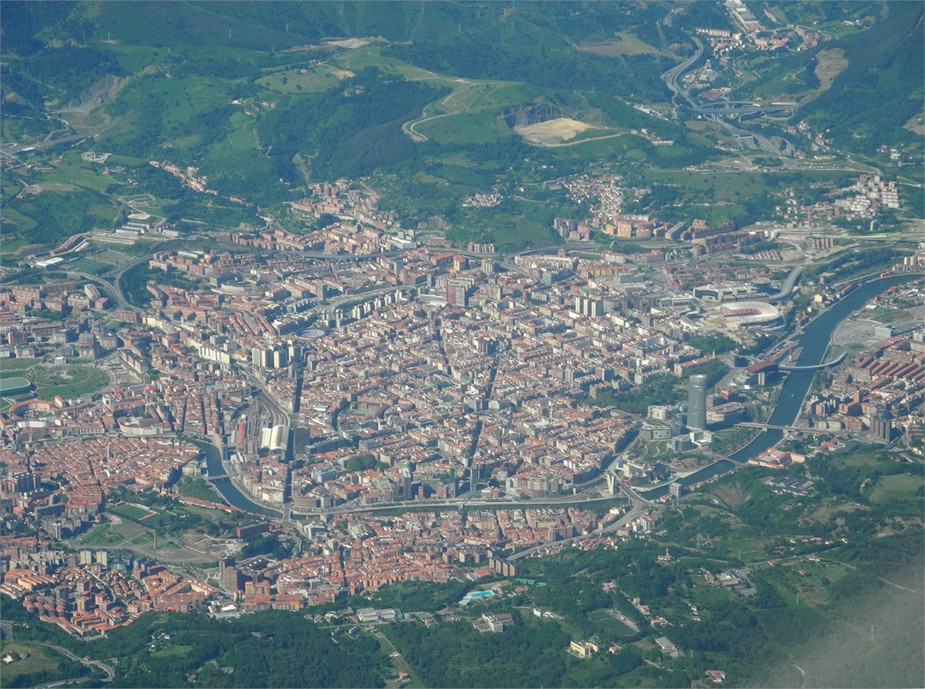
Laredo and Santona.
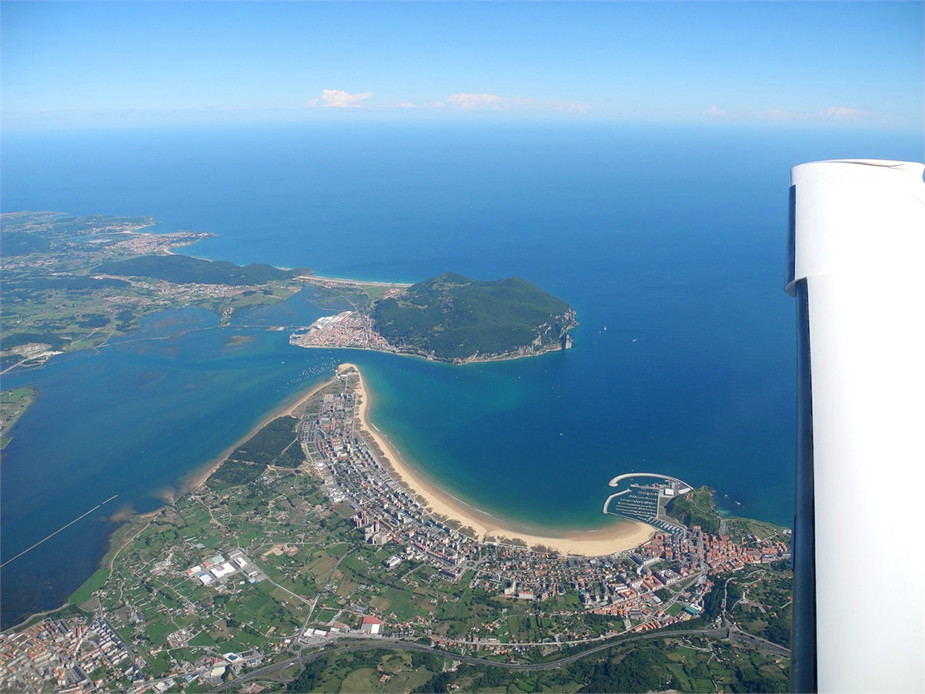
The beach near Somo and Santander in the background.
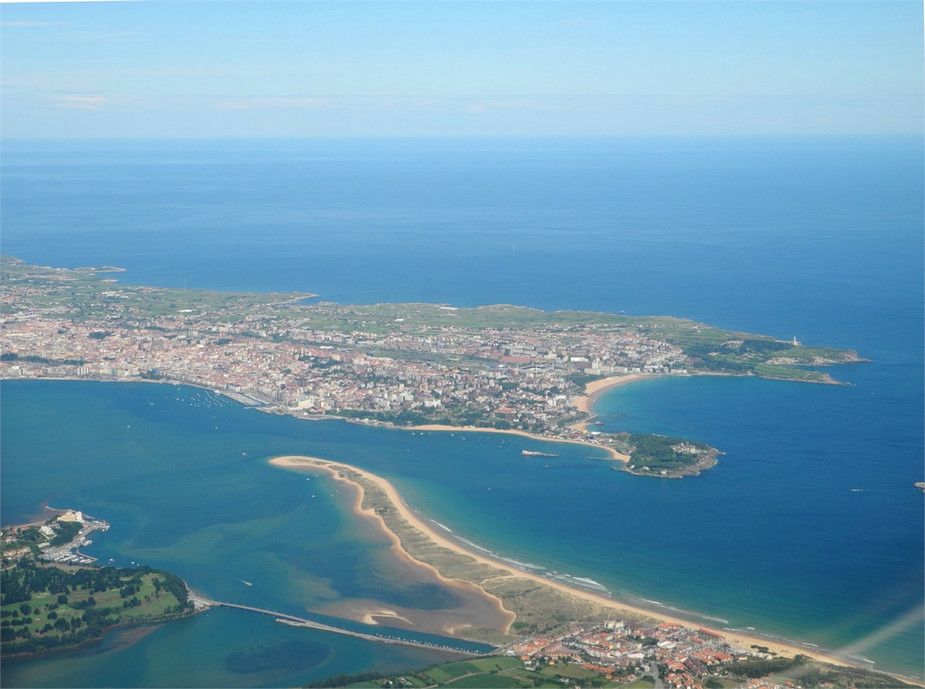
Here's the Santander airport. We opted for a visual to reduce trackmiles.
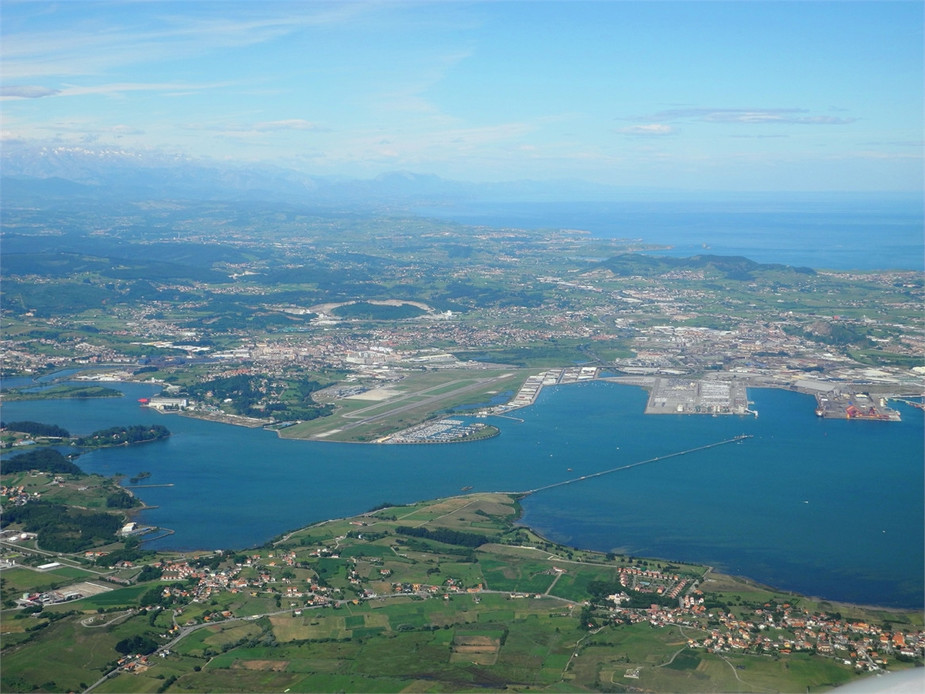
The tip of the Santander peninsula. The beach in the background is called Playa de el Sardinero, which is where we had lunch and spent the early afternoon.
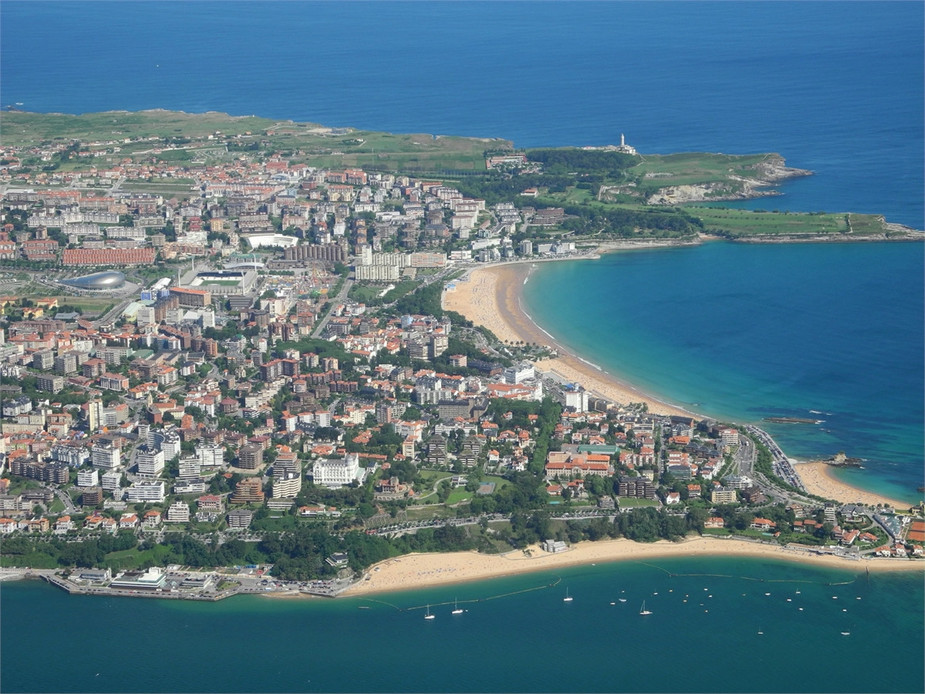
Downtown Santander and the marina. Santander is the capital of the Cantabria region.
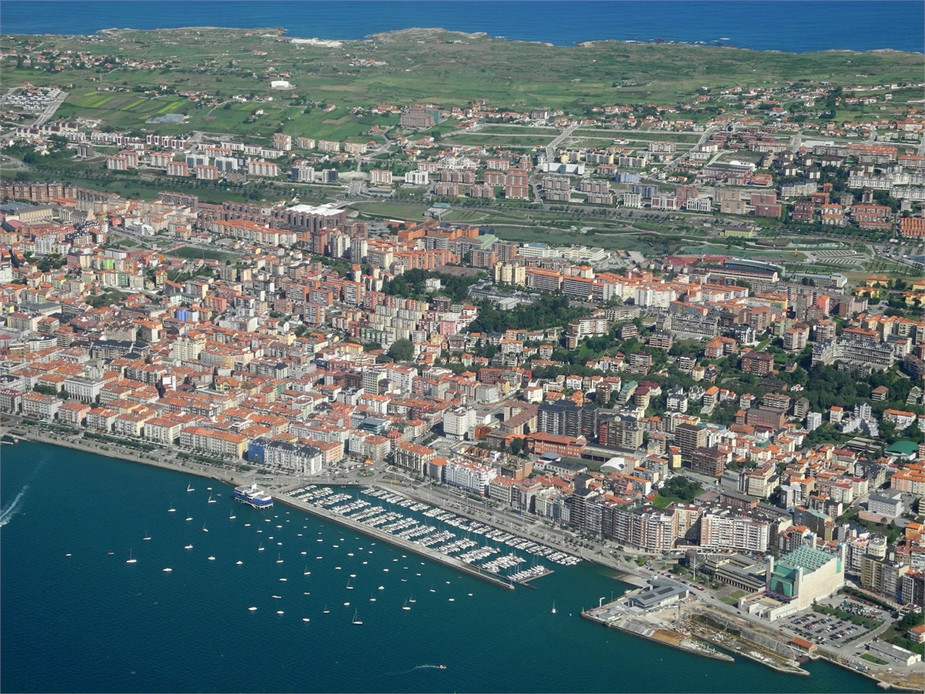
Taxying to the GA parking. Santander turned out to be very good airport indeed: no PPR whatsoever, no handling, Avgas readily available, no hi-vis, cheap rental cars available, and low landing fees.
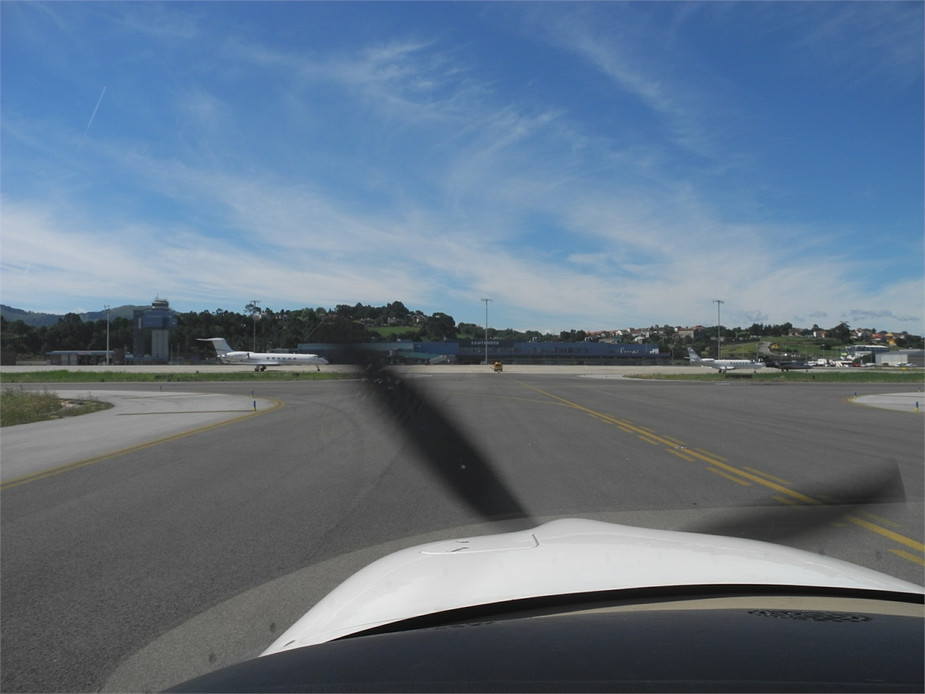
In the late afternoon, we drove to a nice seaside town called Ribadesella, about 100 kilometres west of Santander (Asturias region). This is the beach of Ribadesella.
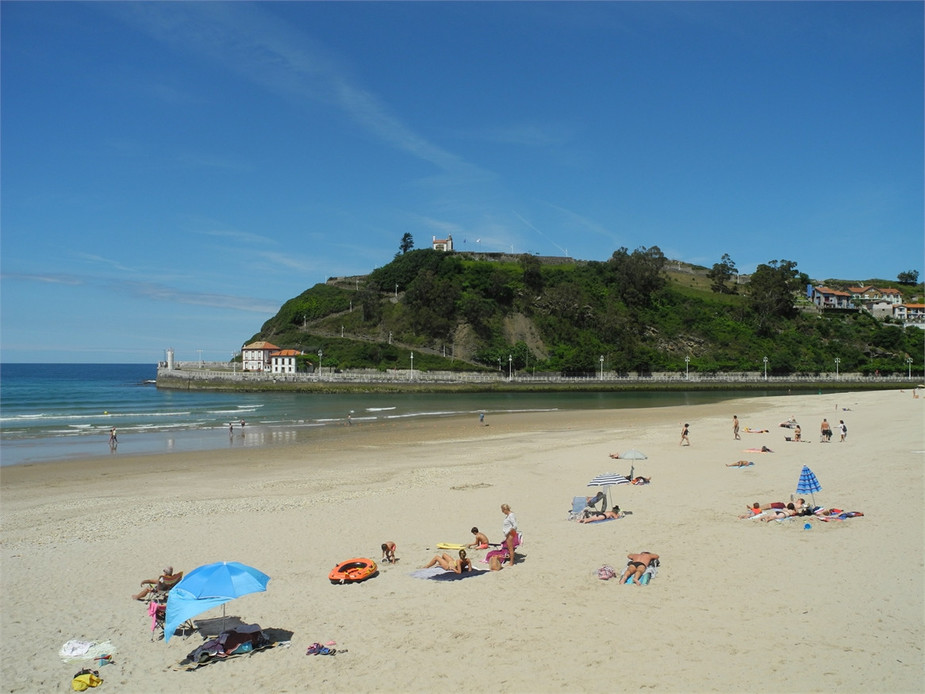
The next day, we toured the Asturias region and visited the city of Oviedo. After that, we felt we had seen the spanish coast enough and decided to spend a day in Logrono, the capital of the Rioja region. Unfortunately, Logrono (LERJ) is one of those spanish regional airports that has virtually no traffic and therefore only opens for a couple of hours a day (sound familiar?...). In Logrono, this slot is between 8 and 10 o'clock local time. Hence, we were forced to depart Santander quite early in the morning, so as to arrive at Logrono before 10. This is always a risky game, because one can never know how much time will go by between arrival at the airport and wheels up. However, all went very smooth and we were airborne by 8:40.
After departure from runway 29, the harbour in the early morning light. The airport is on the very left of the photo.
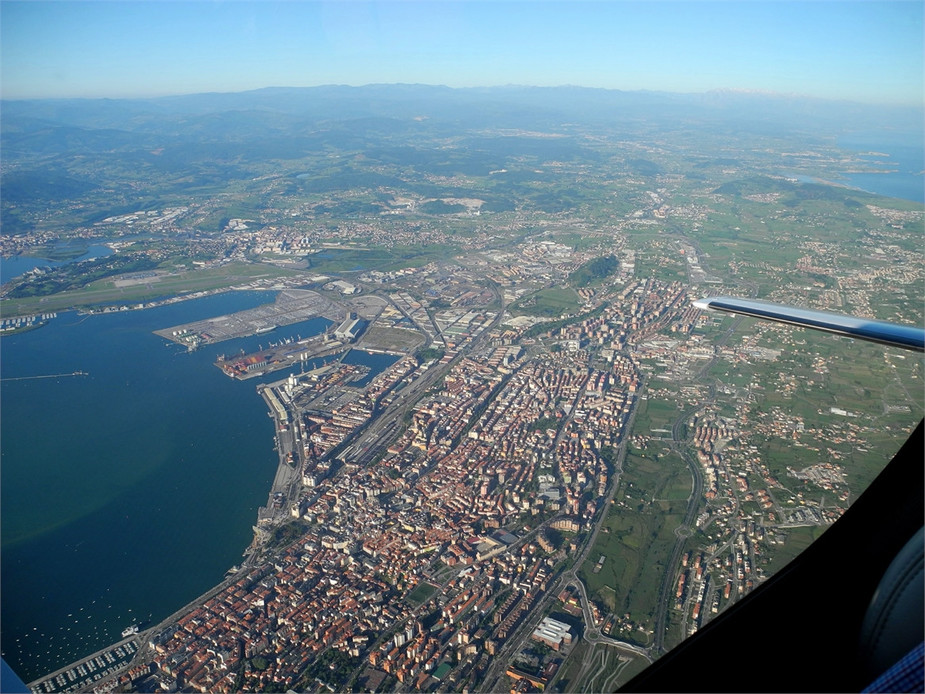
Climbing to level 90.
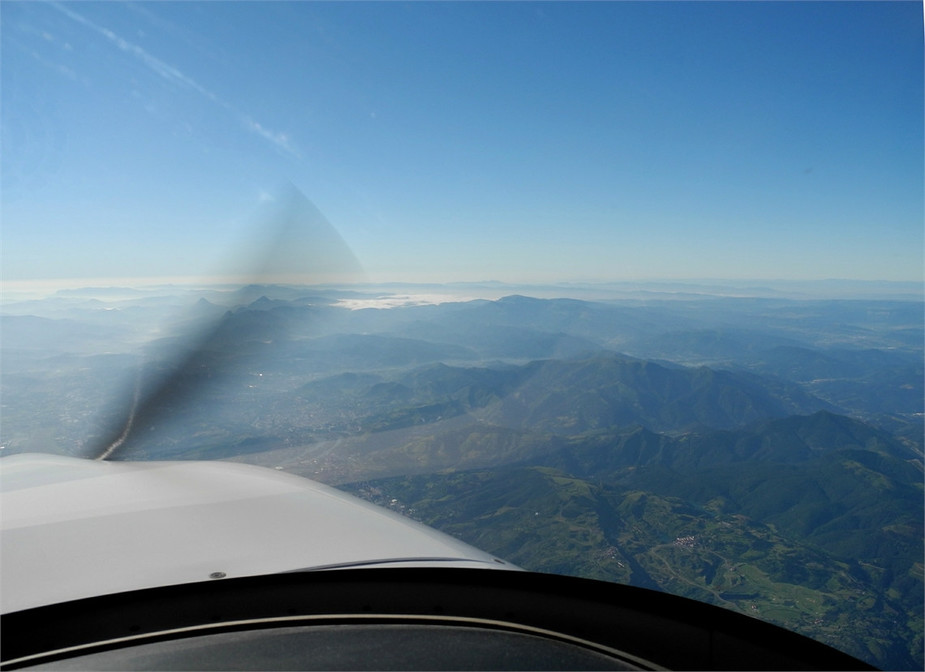
Here's the city of Logrono.
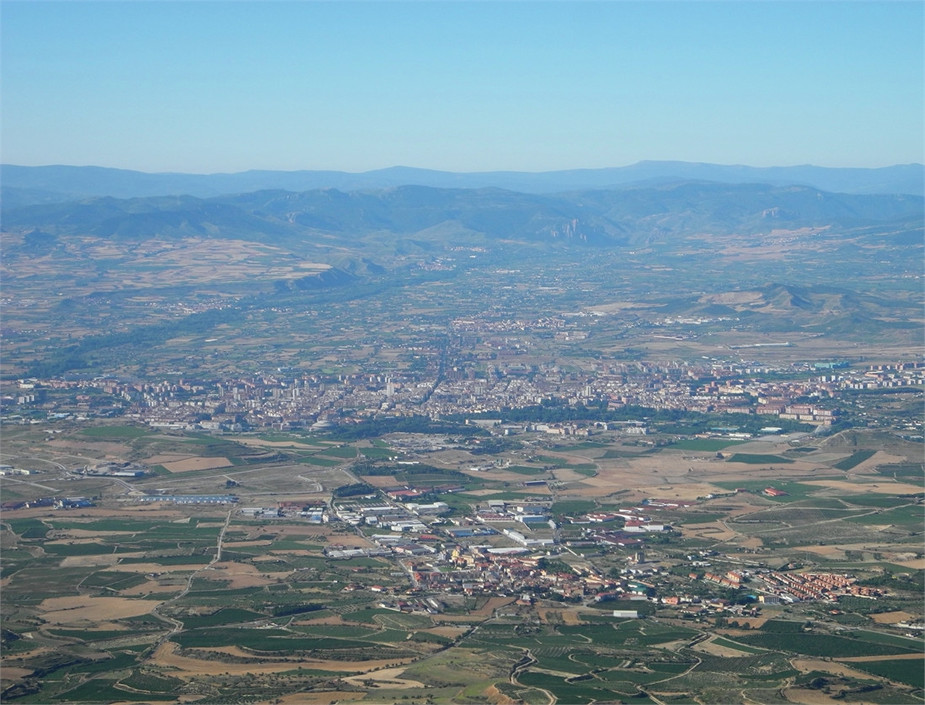
Again, we opted for the visual approach to reduce trackmiles. Turning final for runway 29.
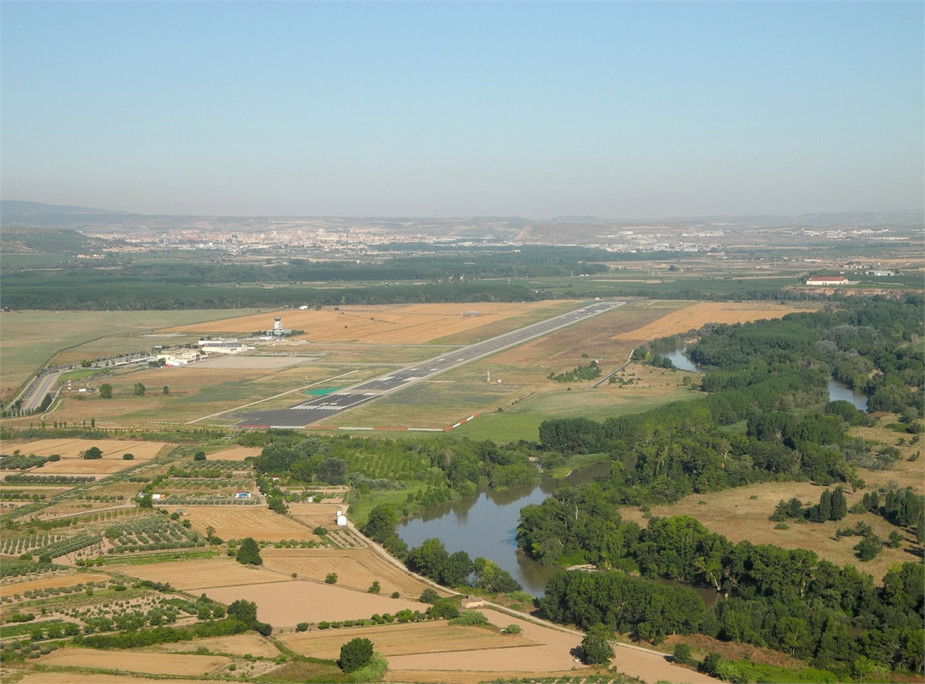
The empty apron and terminal building at Logrono.
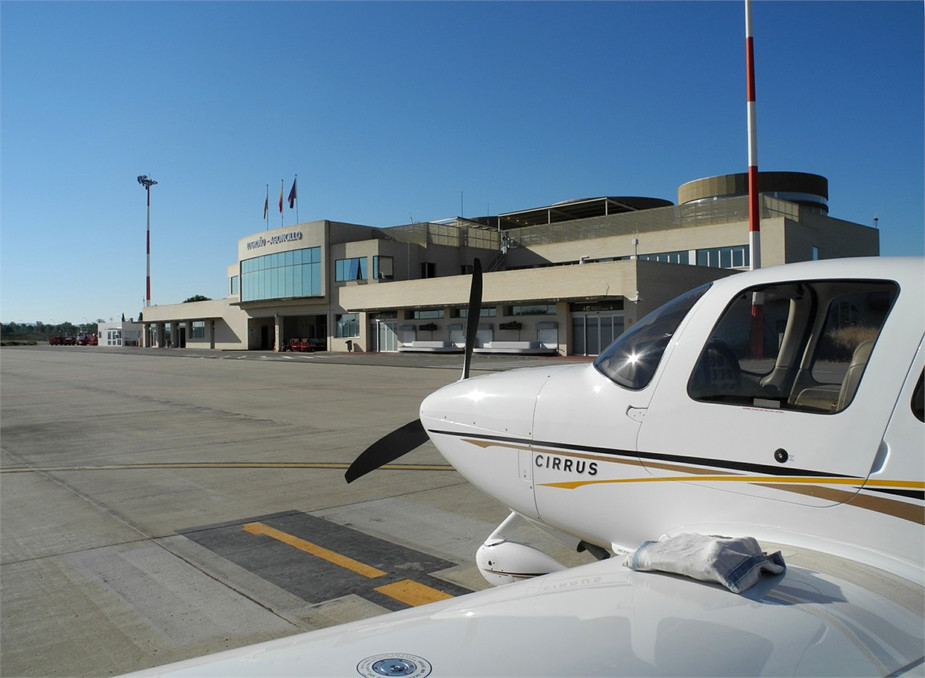
It was a shame to see a good two handfuls of fairly nice GA aircraft parked there, baking in the 40 degree sun, without any sign of movements. I don't think they have an out-of-hours agreement so as to be able to fly when the airport is officially closed.
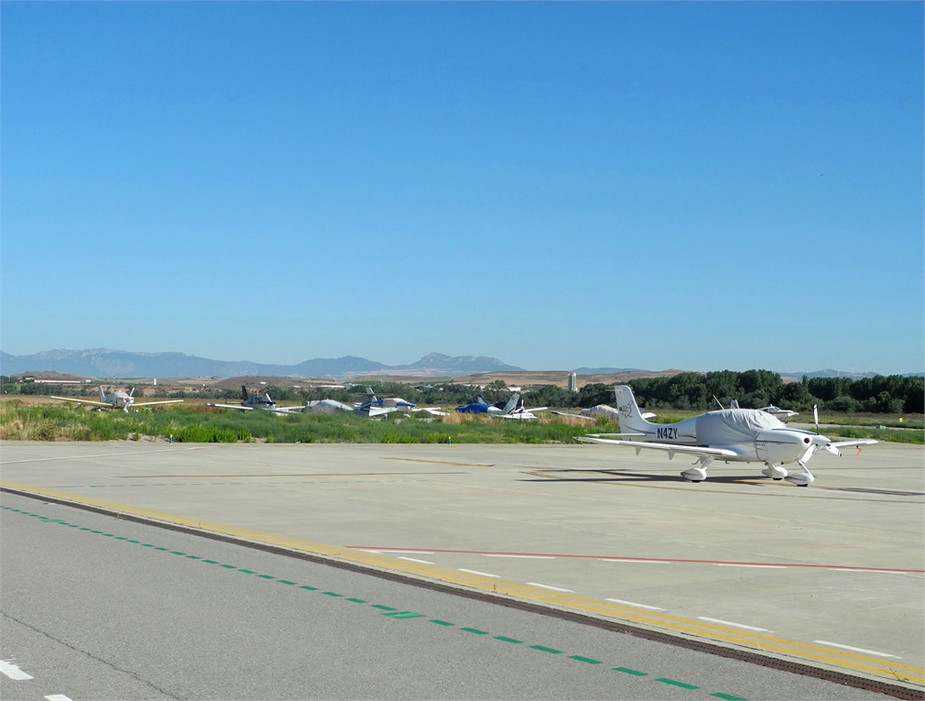
Over to the more pleasant aspects of Logrono.
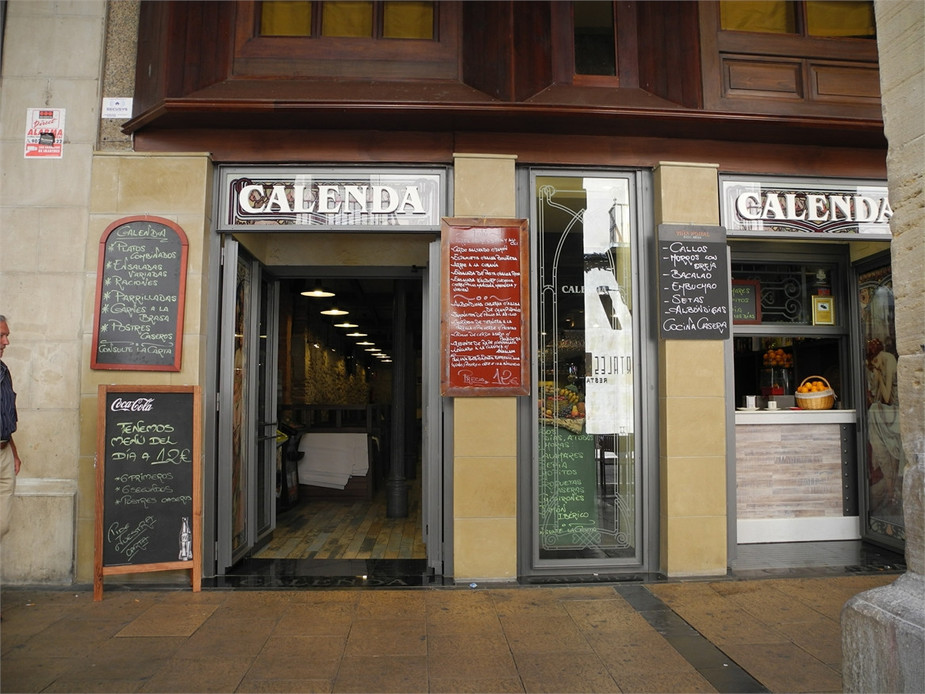
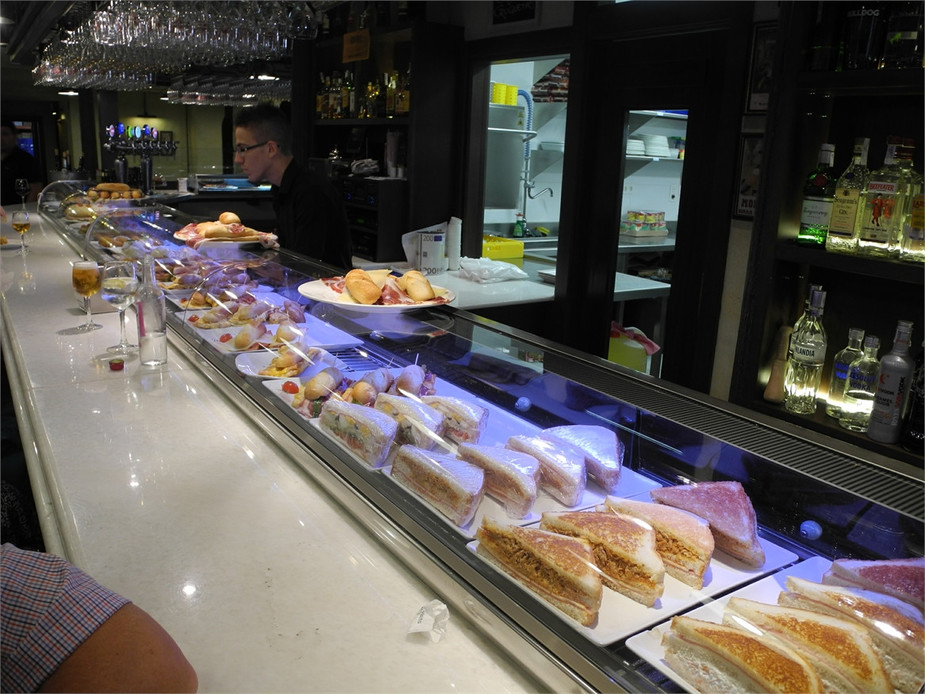
14:30 local time...
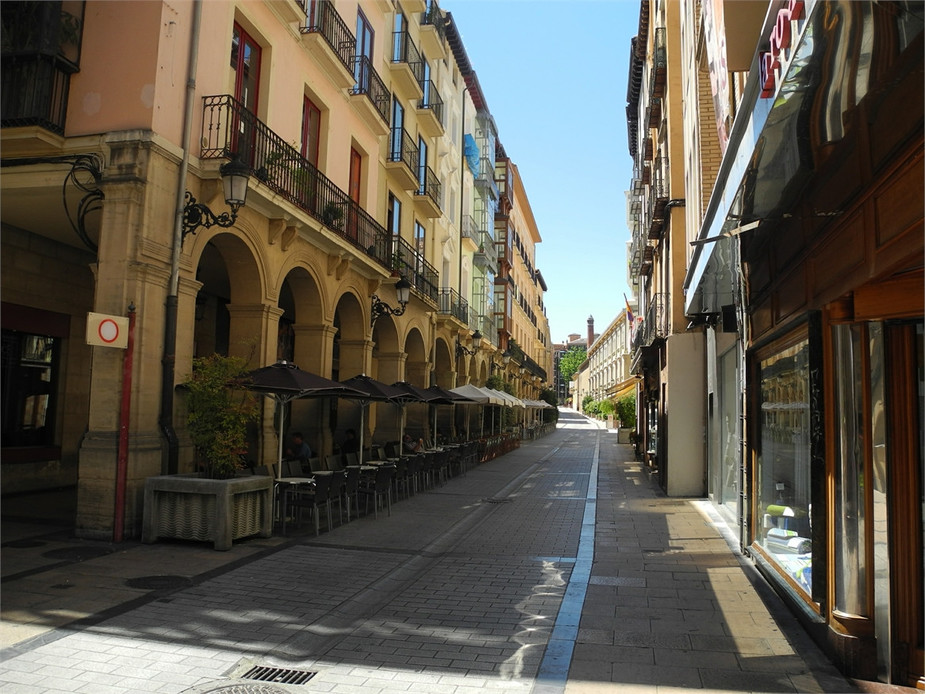
Despite the 40 degree heat, we enjoyed Logrono. The next morning, it was time to return to France. La Rochelle was our chosen destination. Unfortunately, due to some military areas, all IFR routings pass slightly inland (via Bordeaux) and not along the coast...
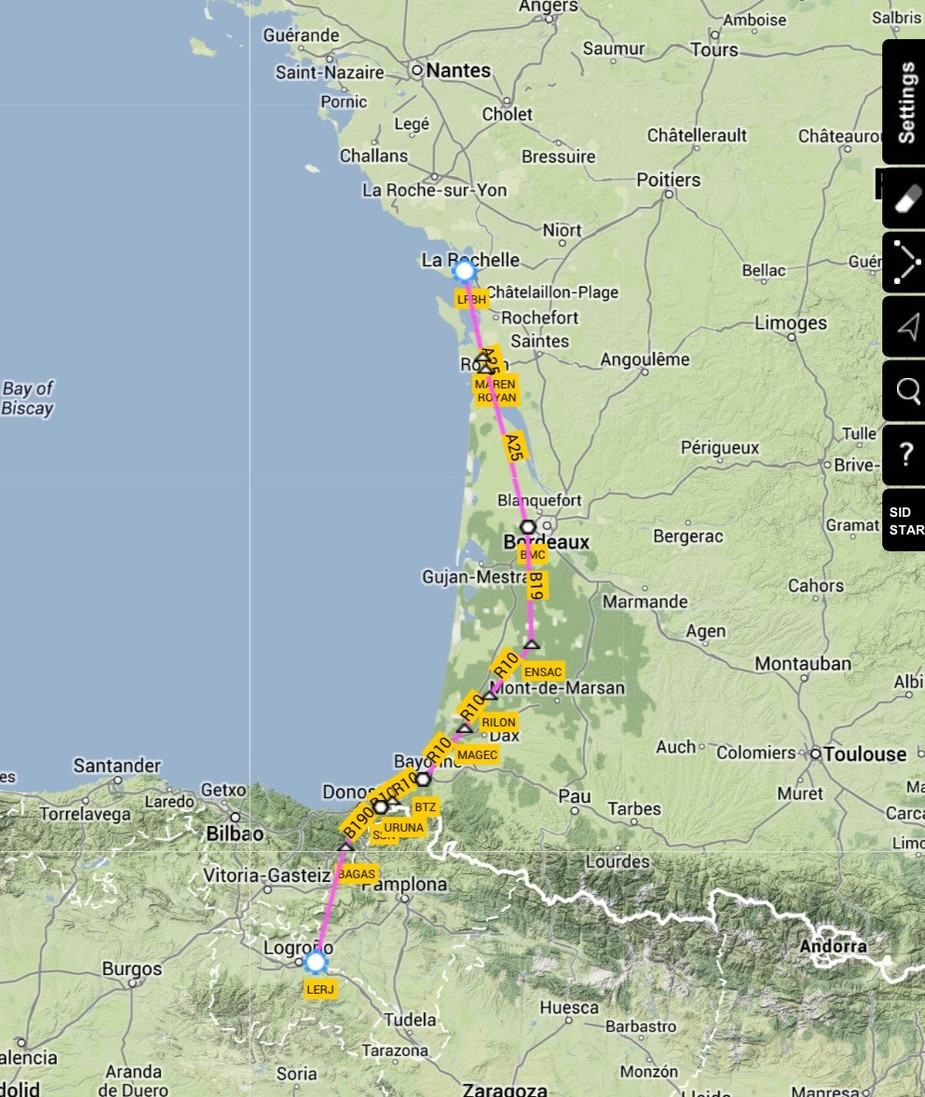
...but we decided we should try to negotiate something once in the air.
Again we had the airport hall all for ouselves. There are not only ghost-towns, there are ghost-airports as well!
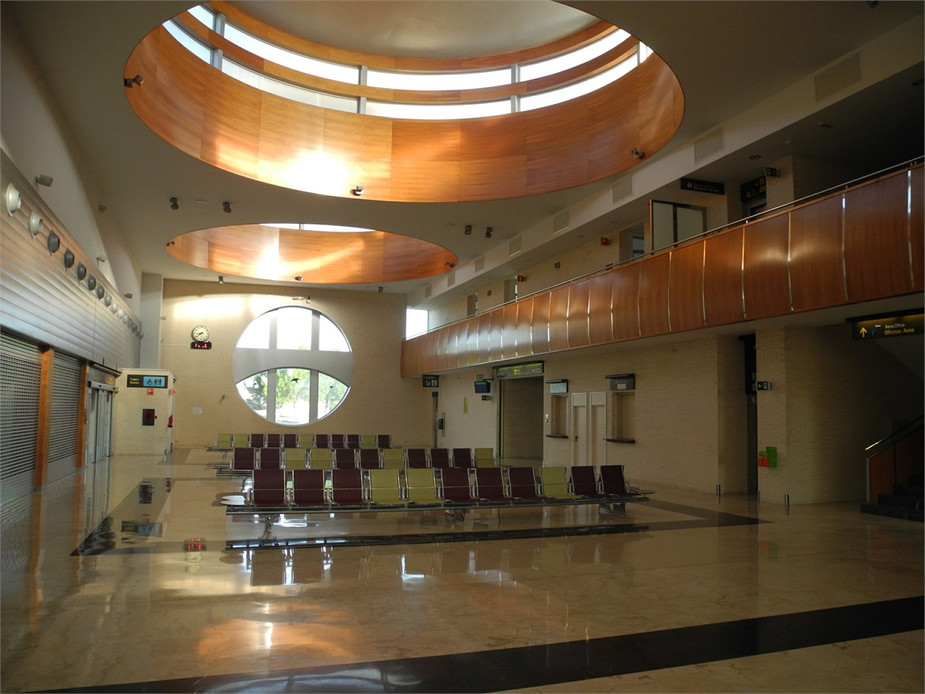
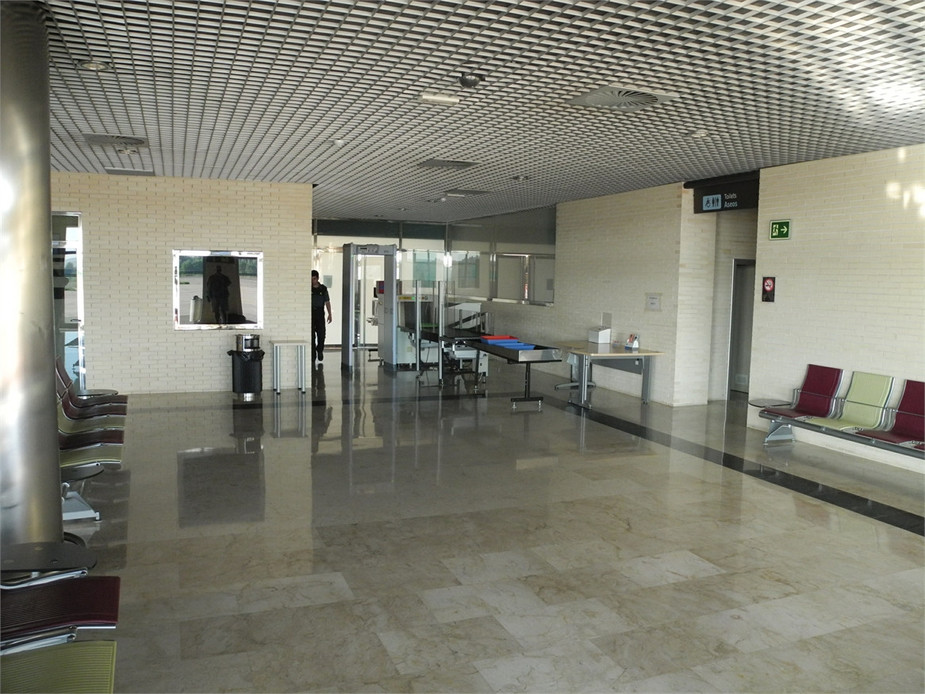
Once airside (as always, no way to get there without a flightplan copy which has been duly stamped by the ARO official) I couldn’t do else than wonder once again about all those SEP aircraft sitting there, rotting, costing money, etc… without any sign of flying activity. As you can see, there were a few rather nice aircraft, a Turbo Arrow, a few Socatas, Cherokee 180s…
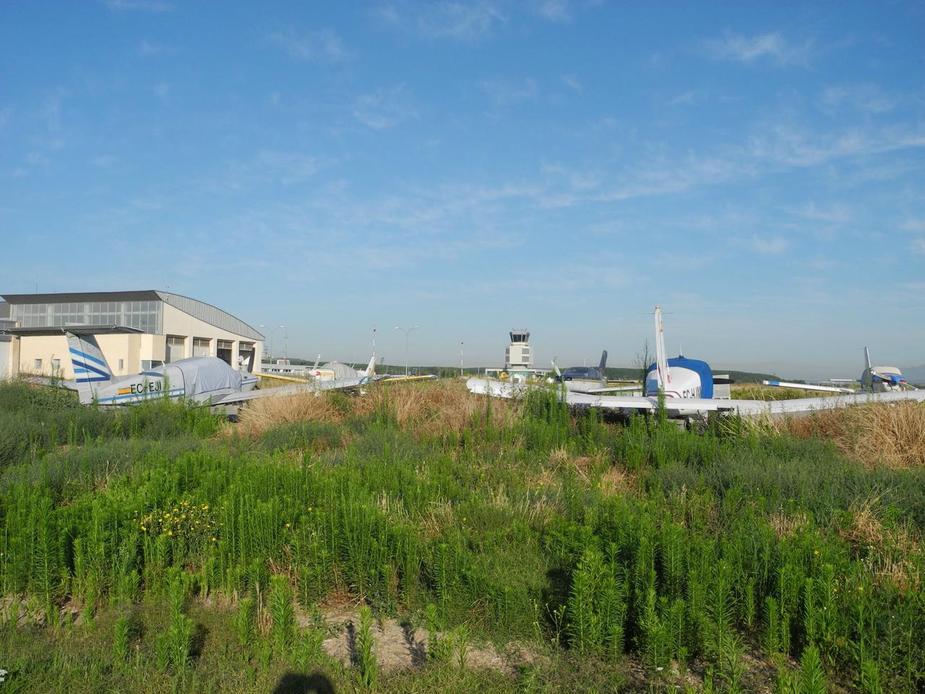
Shortly after departure. The typical landscapes of the Rioja and Navarro regions.
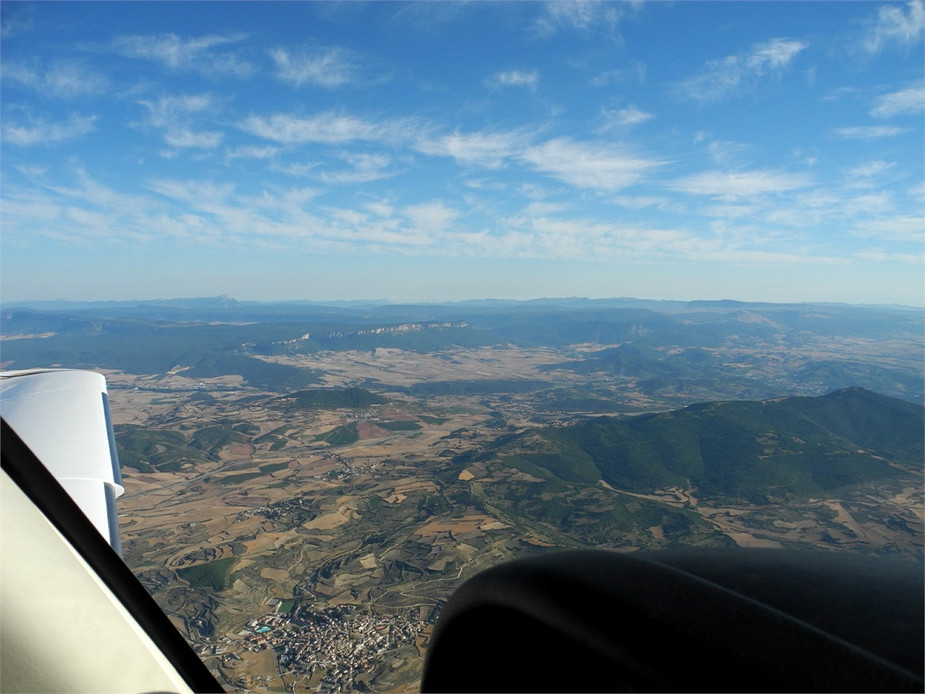
This is the city of Donostia and the San Sebastian (LESO) airport.
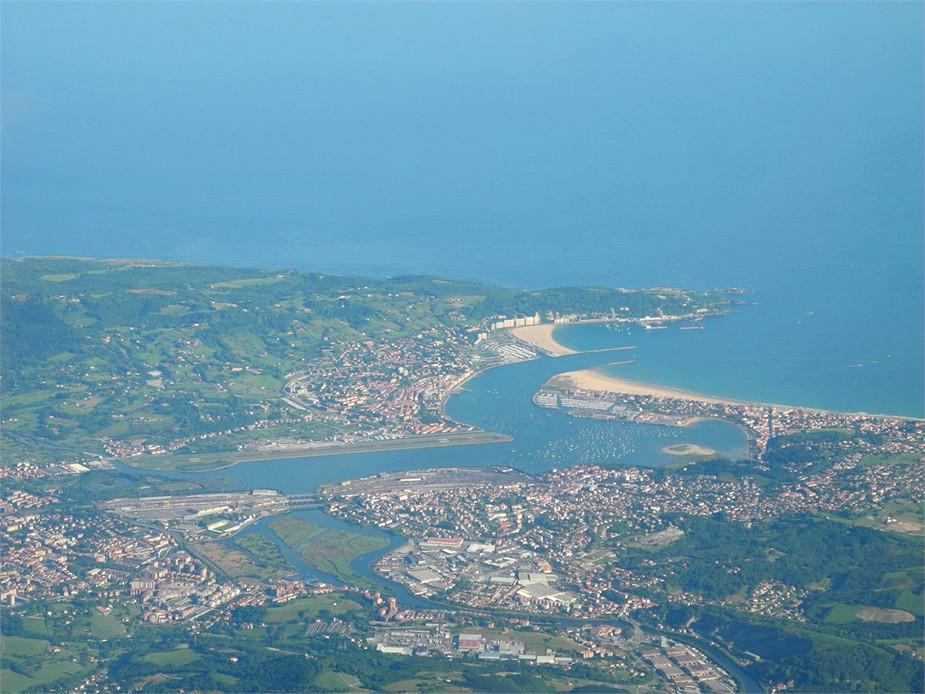
One last look up the Atlantic coast of Spain.
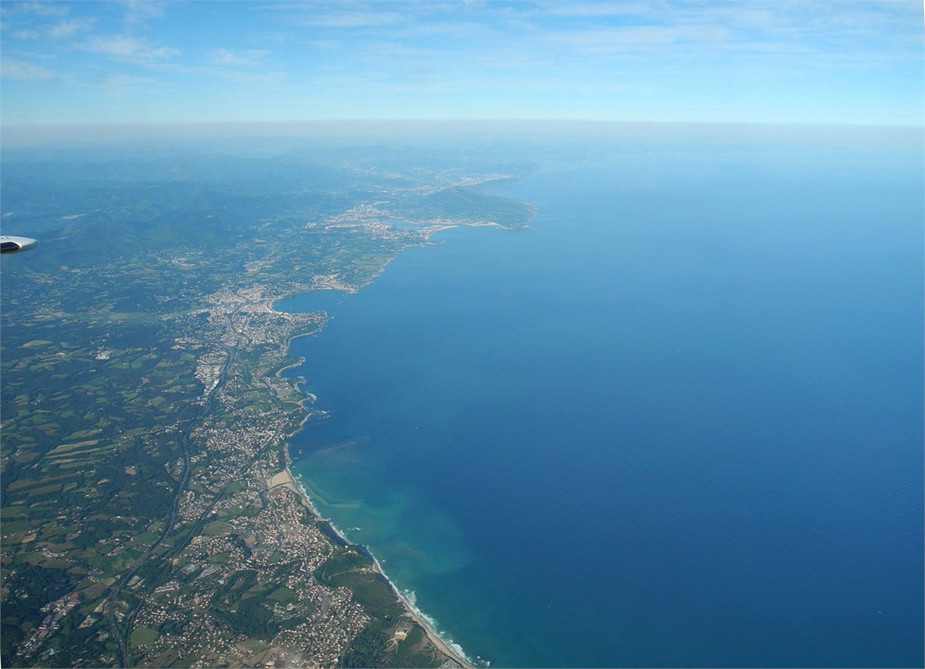
As soon as we were handed off to Biarritz approach, we started to inquire about a routing along the coast. The Biarritz controller was very helpful and immiediately coordinated with Cazaux military. Two minutes after, we got a wonderful "DCT MAREN" and a handoff to Cazaux. Phew!
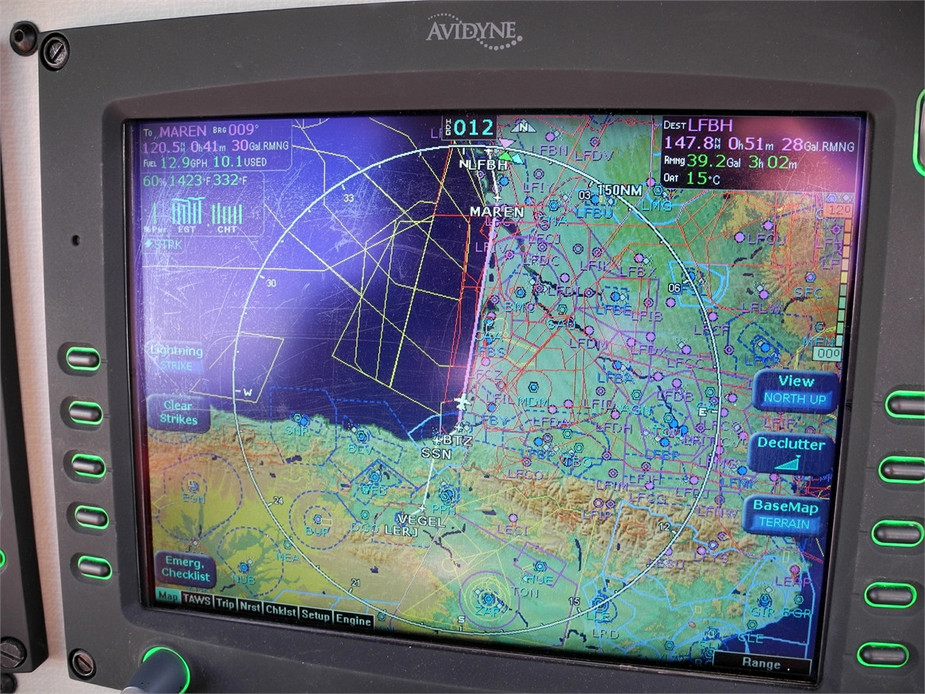
Flying can be so much fun!
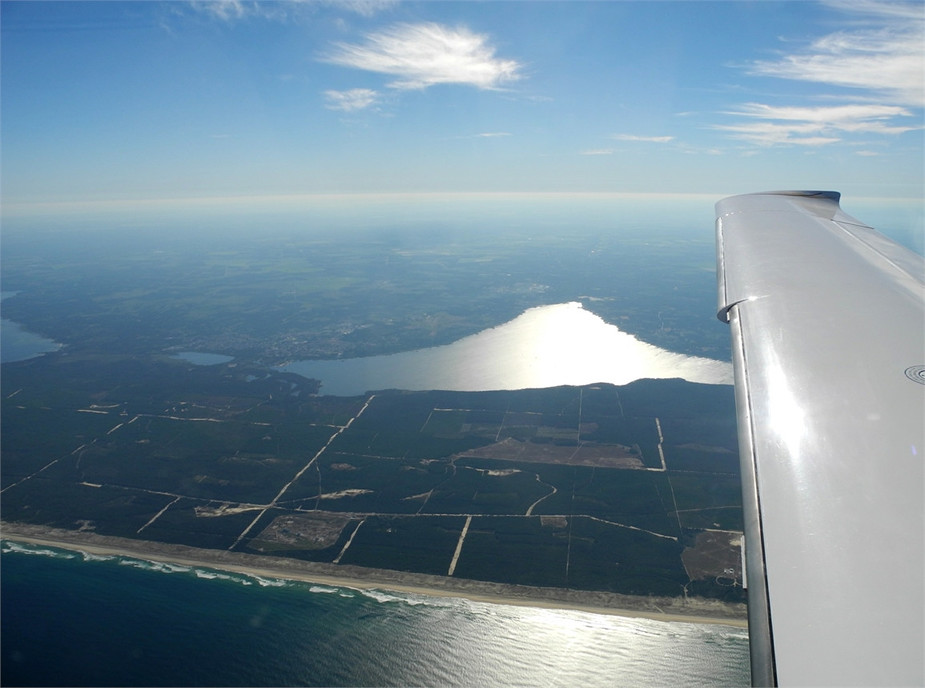
The dunes of Pyla.
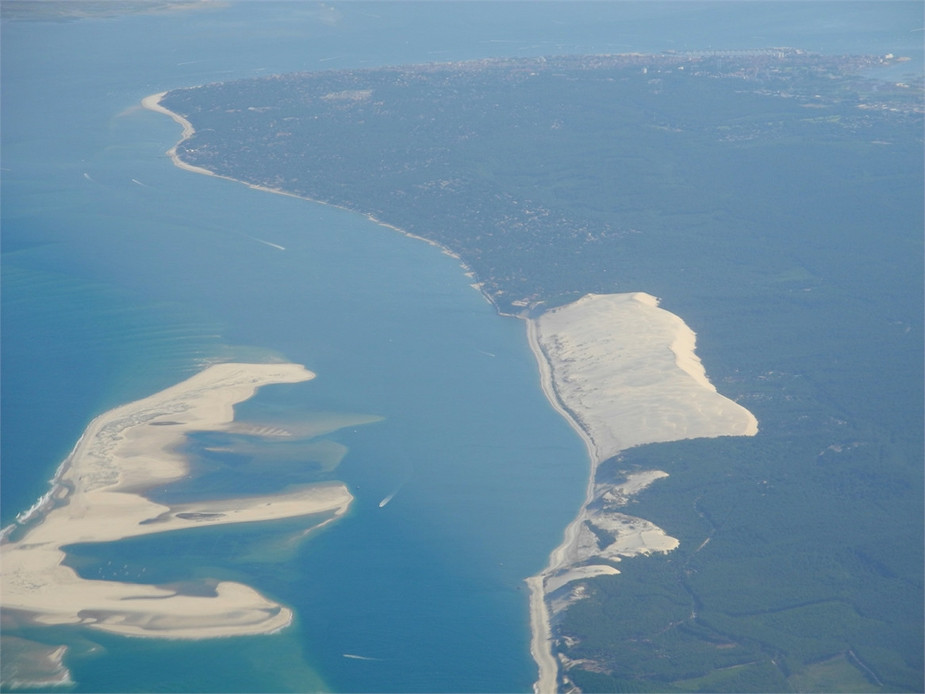
The "Bassin d'Arcachon".
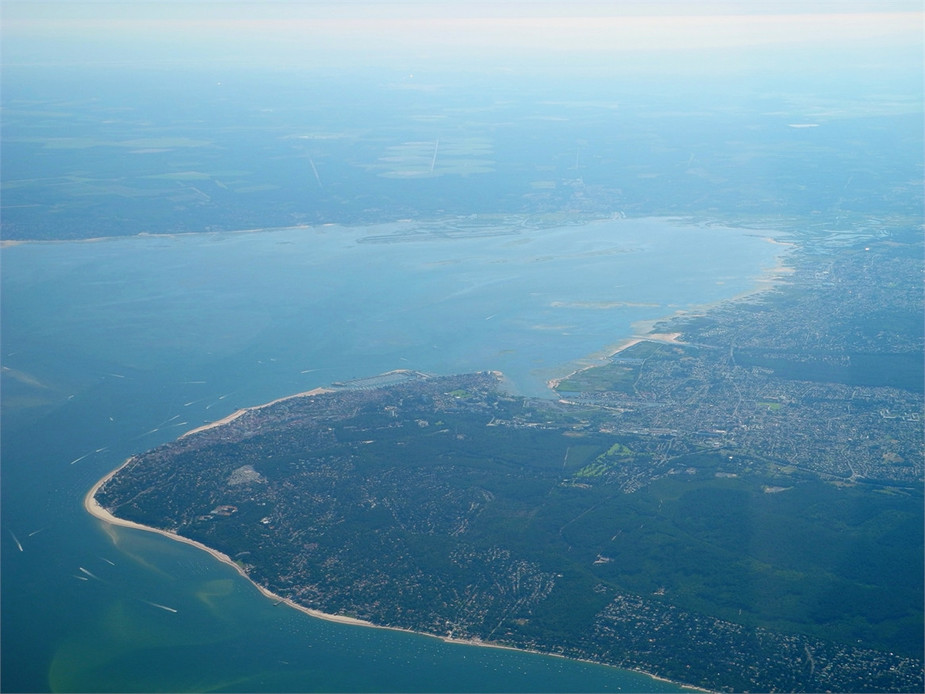
"L'Ile d'Oléron".
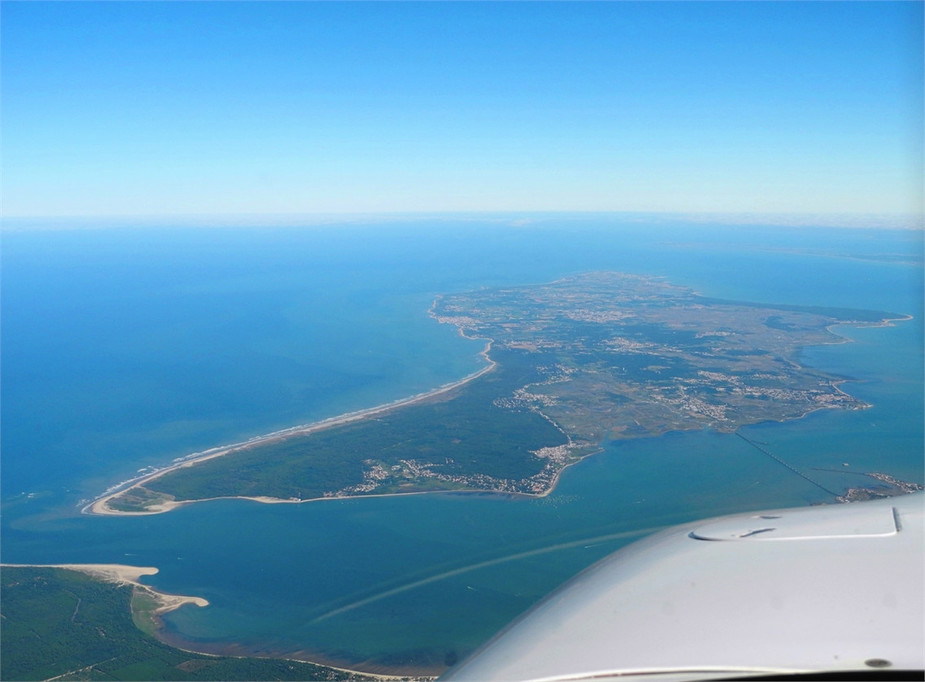
As we descended inbound to La Rochelle: "L'Ile de Ré".
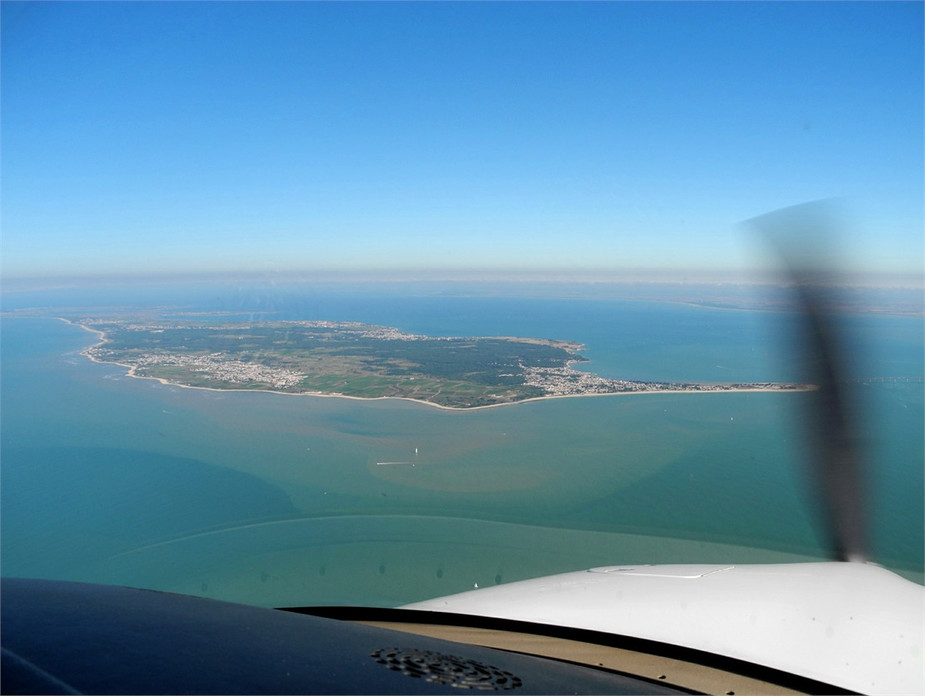
As most people will know, La Rochelle played an important rule in the north Atlantic U-Boat war during WW2. As we approached runway 09 on a visual approach, we passed close to the old German bunkers in the harbour. Anyone who likes the film “Das Boot” will recognize this scenery all too well. You can see the bunkers (centre of the image) and the airport (LFBH) in the background.
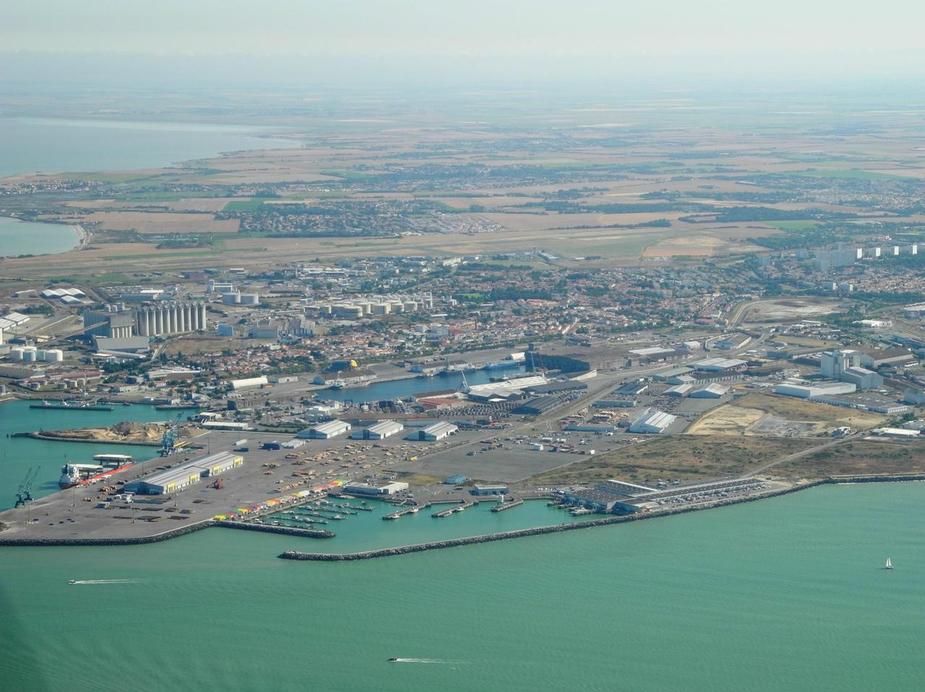
Here are the bunkers from close by. Hear the Erzherzog Albrecht Marsch playing in your ears?...
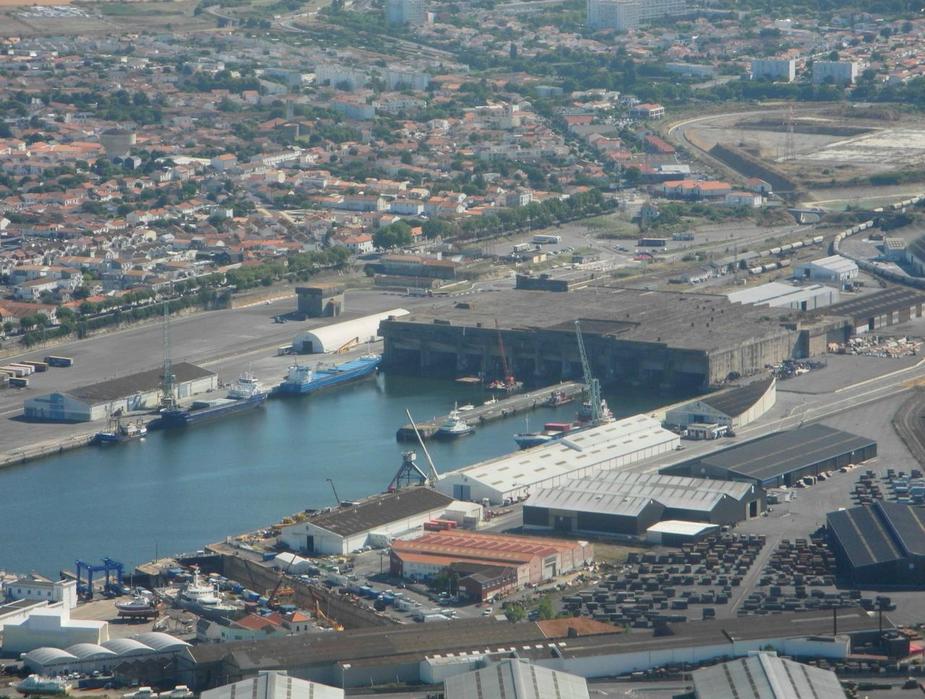
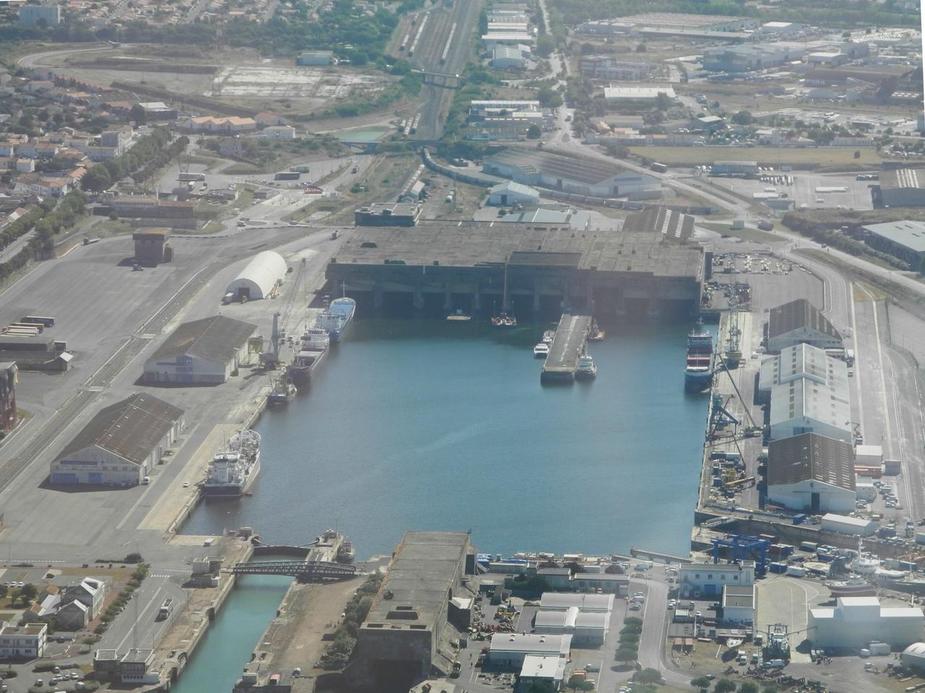
La Rochelle airport. A good example of GA and airline traffic co-existing without problems.
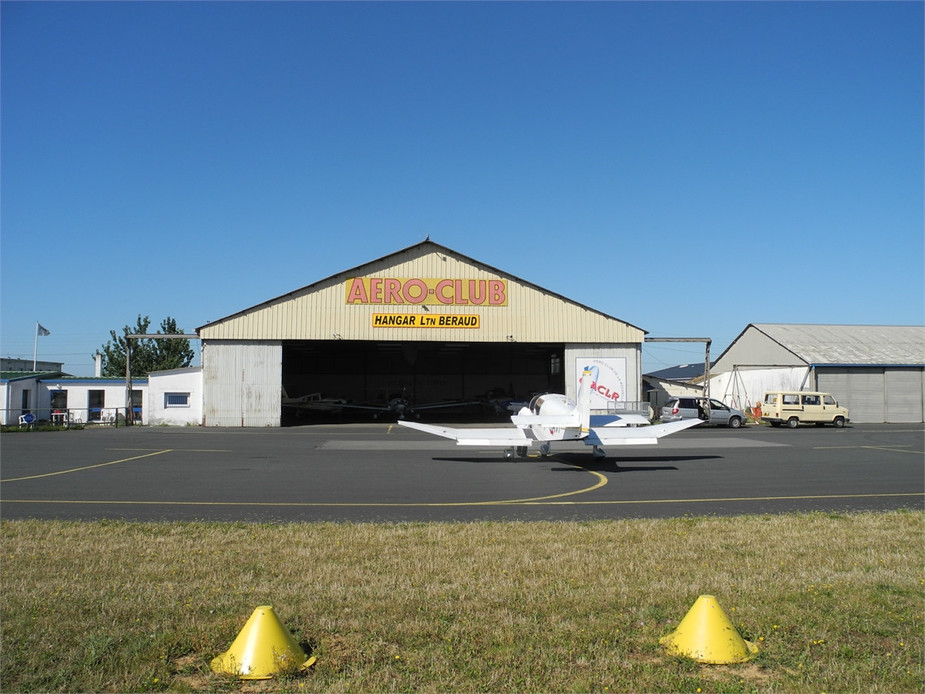
Enjoying the food market in the city on a wednesday morning.
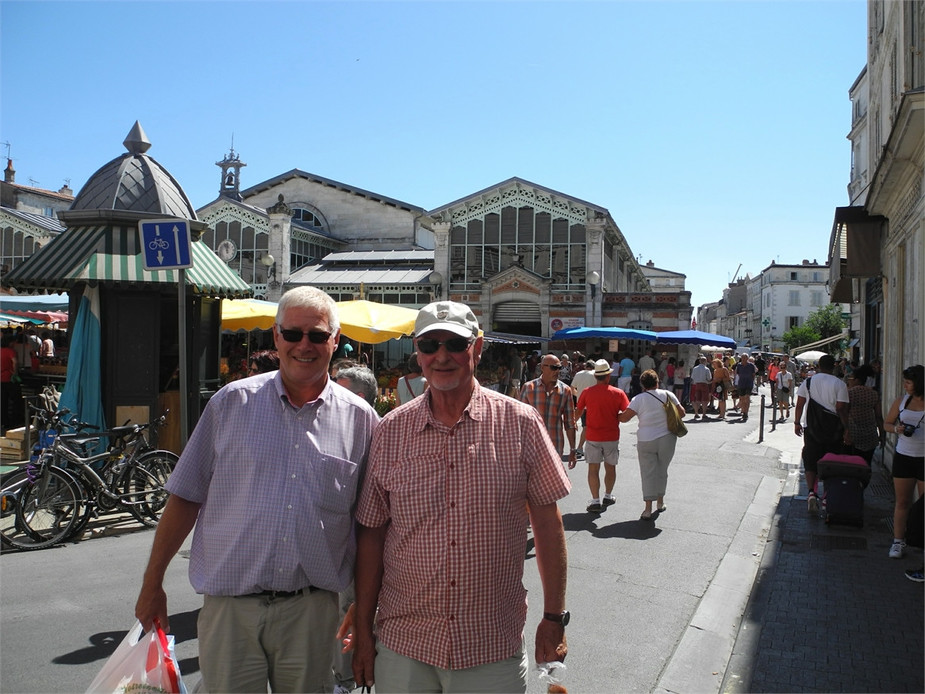
A fantastic choice of everything: fish, meat, bread, vegetables...all of the best quality. In comparison with northern Spain, prices were almost double, though...
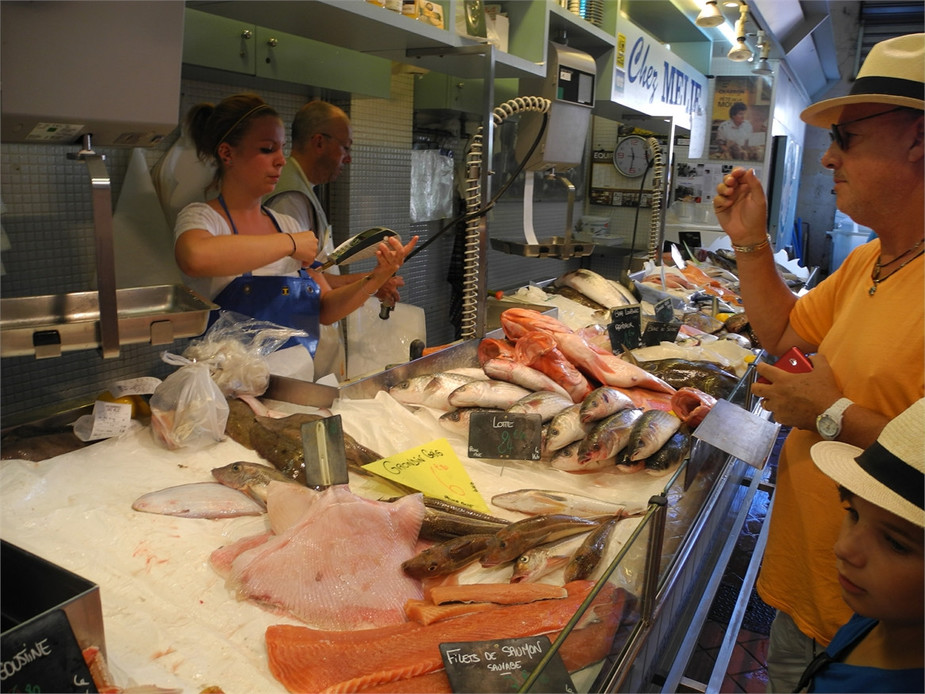
The "city beach" of La Rochelle.
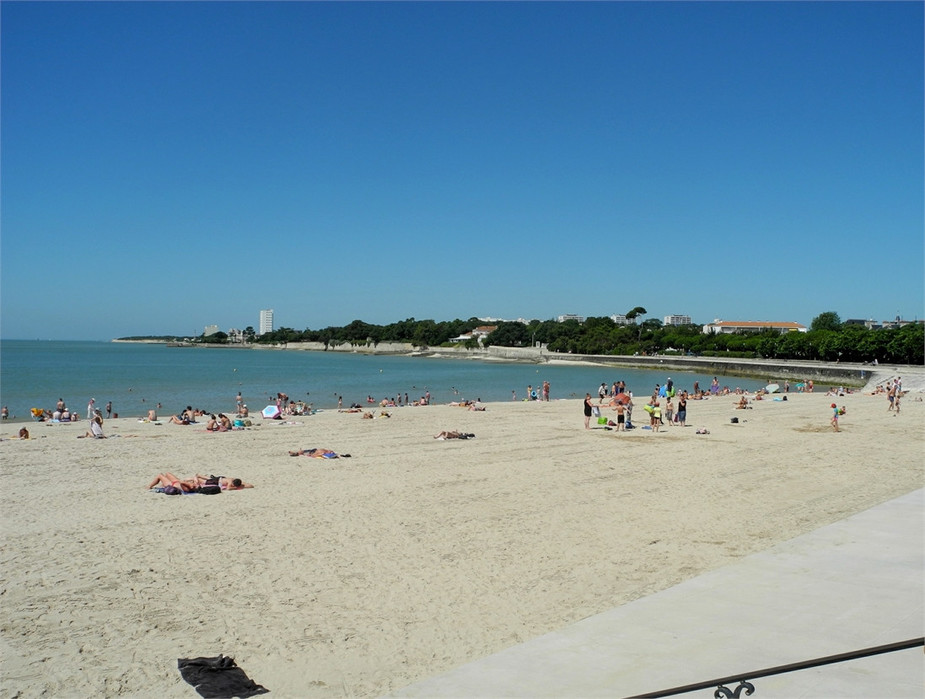
La Rochelle.
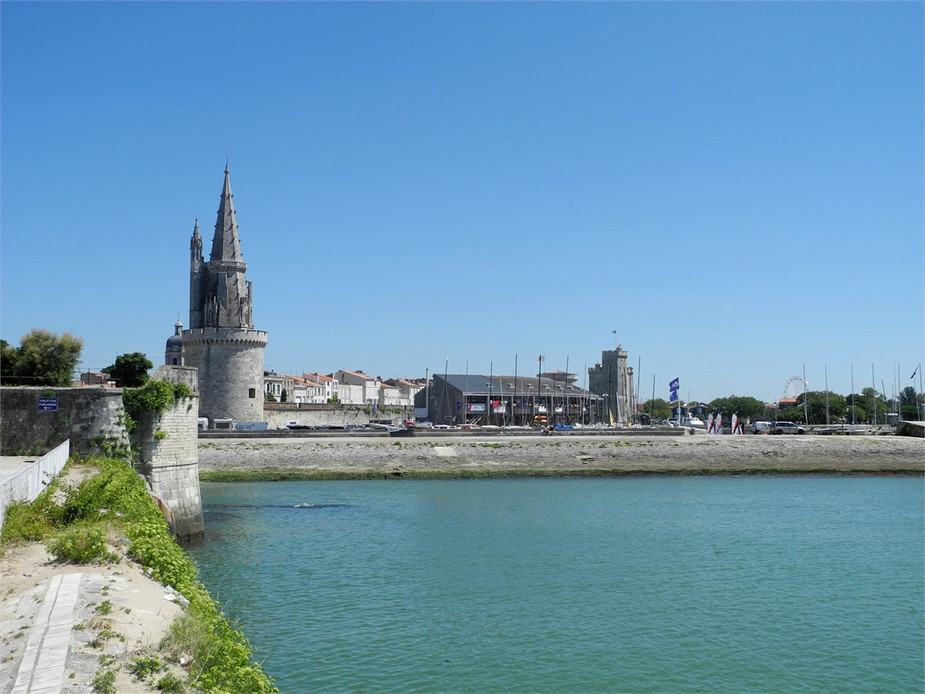
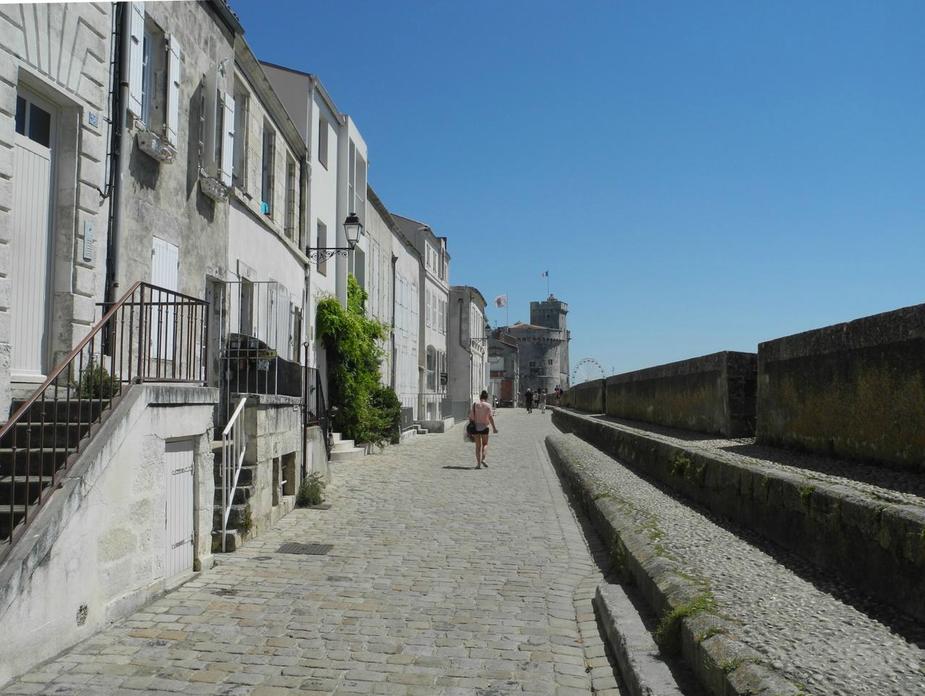
And some other fine stuff...(not for the pilot, though...)
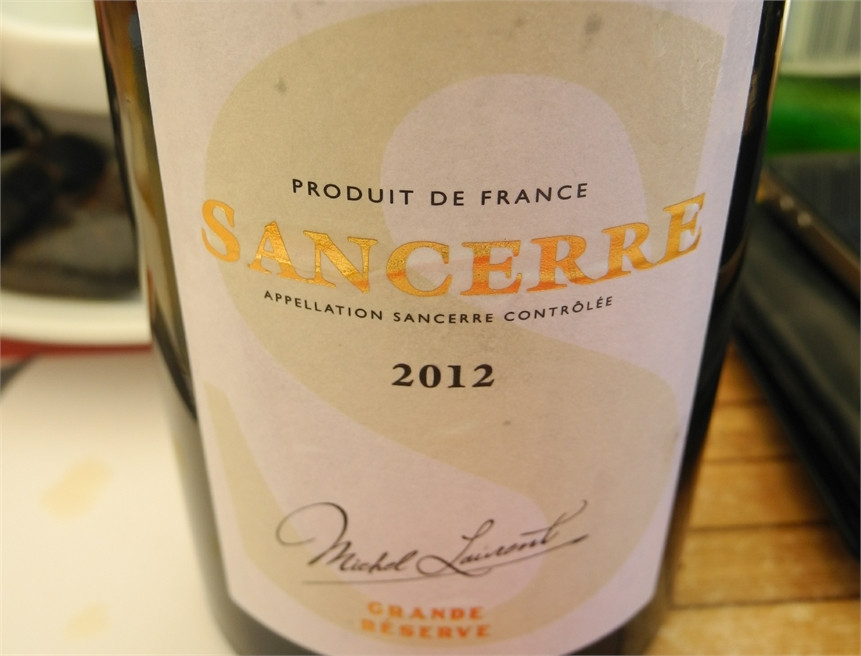
We really enjoyed La Rochelle. Even though the place is full of tourists in summer, I think that - due to its respectable size - it still retains very much a life of its own.
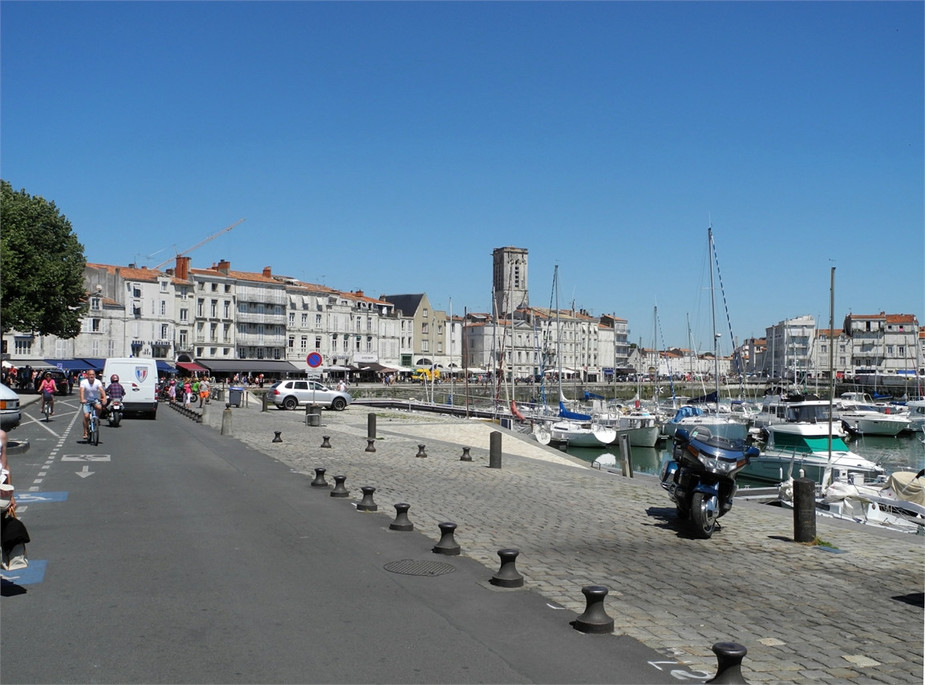
In the afternoon, we left La Rochelle for Ile d'Yeu, a holiday island off the Atlantic coast - a short flight of about half an hour. This would be our first VFR flight of this trip.
La Rochelle really is a superb airport. I particularly liked how ATC handled all the traffic. Listen to this one: we called ready for taxi (as well as one or two other GA aircraft) when a Ryanair 737 was on final. After touchdown, the female tower controller said “Ryanair xyz backtrack on the runway and vacate via Alpha”. However, the Ryanair pilot just took his time and backtracked at what seemed like 10 knots, blocking the runway for departures. That’s when he received a nice warm bollocking from the tower... well done!!
Here's that "I own the airport" Ryanair pilot finally taxying in.
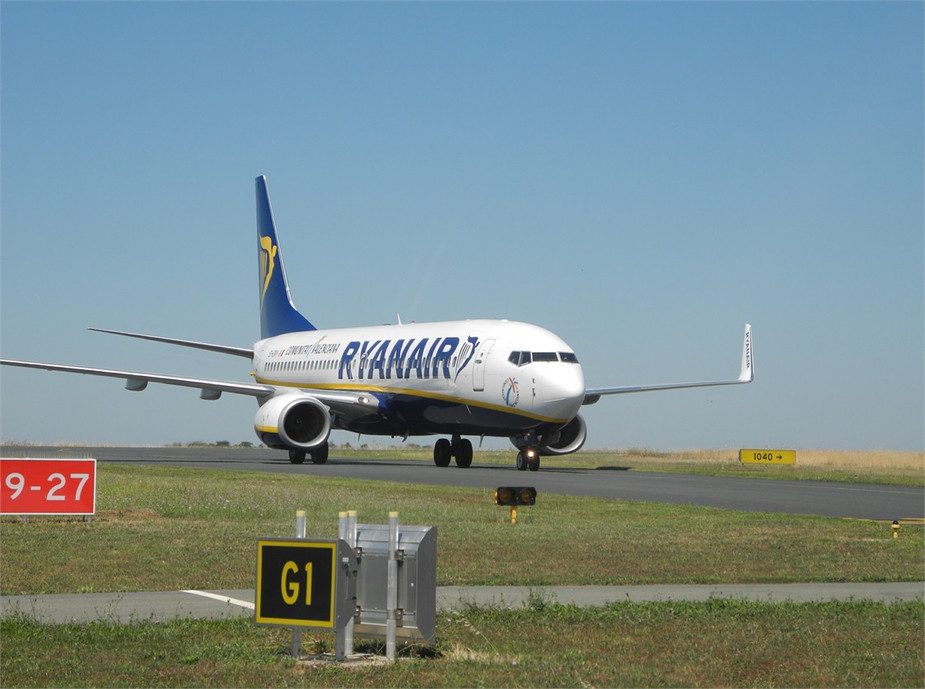
After departure from runway 27, this is the bridge from La Rochelle over to Ile de Ré.
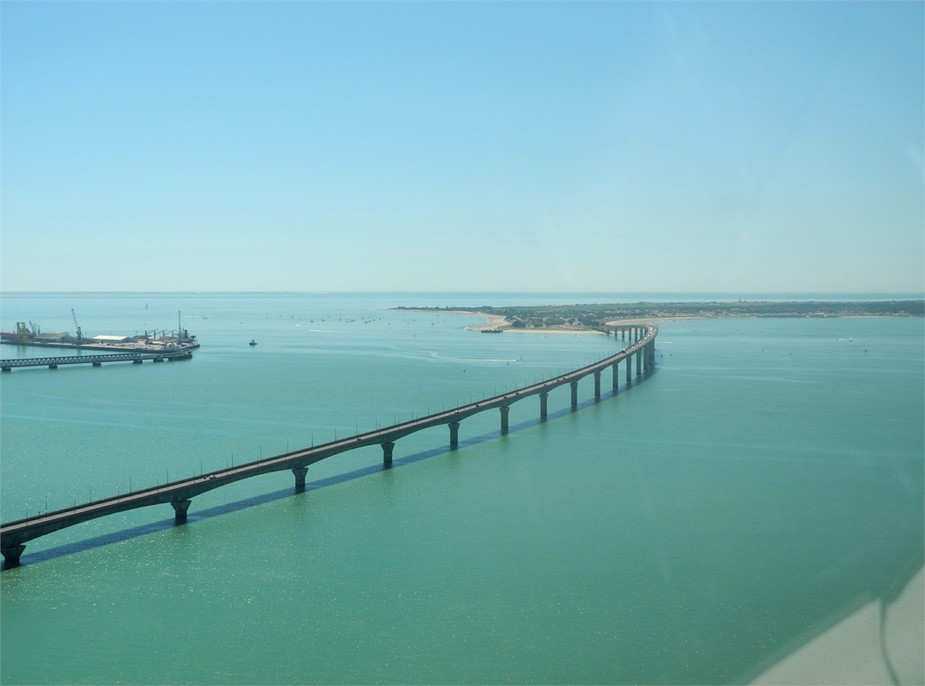
Beaches on Ile de Ré.
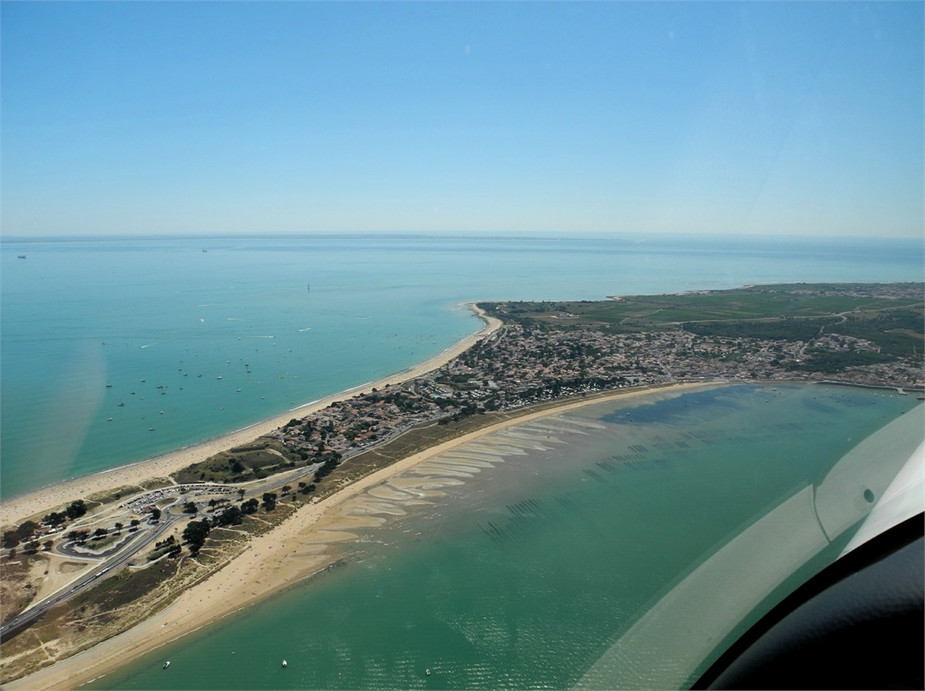
On our way to Ile d'Yeu, we passed this airport, Talmont/Les Sables d'Olonne (LFOO).
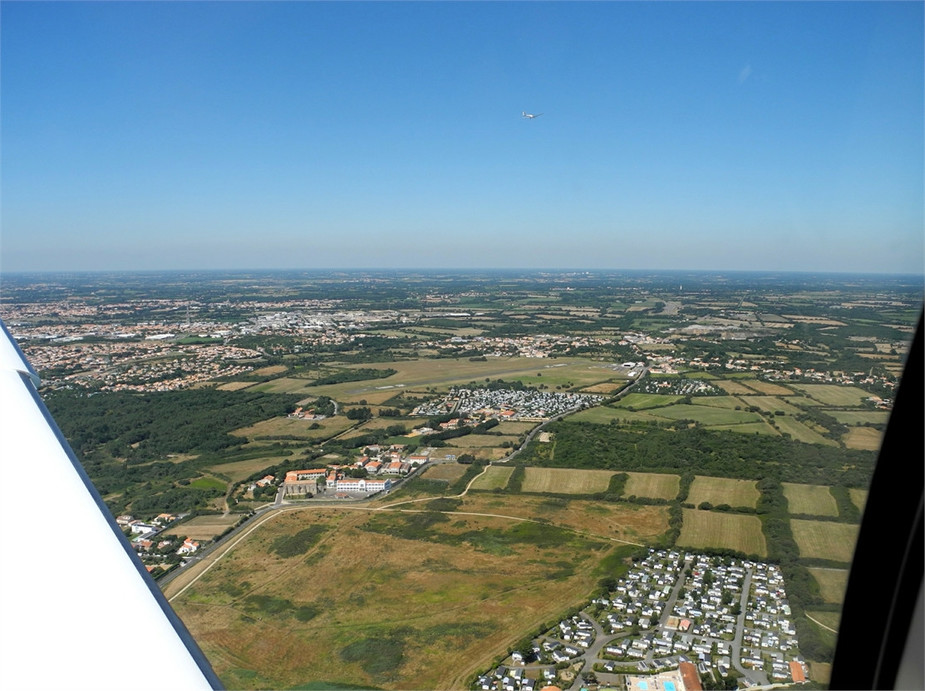
As we were VFR and this airport is unmanned, I decided to throw in touch'n go there (despite being unmanned, there was a lot of traffic there, so I had to give the best of my french to make sure everyone was happy). I really appreciate the freedom of doing spontaneaous touch'n go's while enroute on a VFR cross country flight, but obviously, this requires airfields that don't charge landing fees... that's one good thing about France and Italy - they have loads of these!
On climbout, this is the bay of Les Sables d'Olonne.
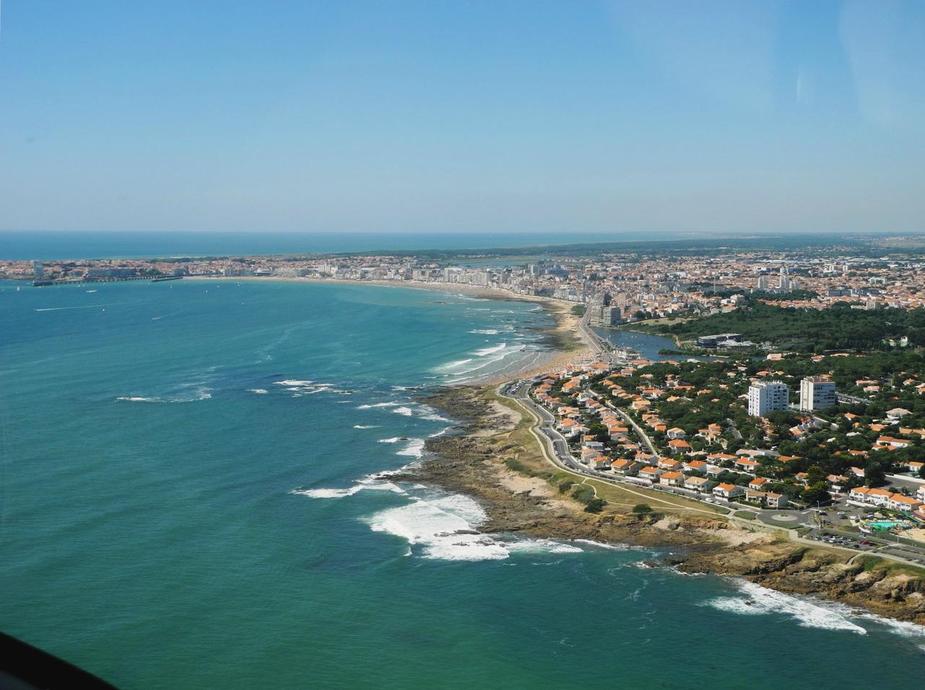
We then left the coastline and proceeded to Ile d'Yeu. It's a short crossing of only just over 20 miles. Here, we are reaching the southern tip of the island, with a very nice beach. In the background, the main town, Port-Joinville. The airport (LFEY) is on the northwestern tip of the island.
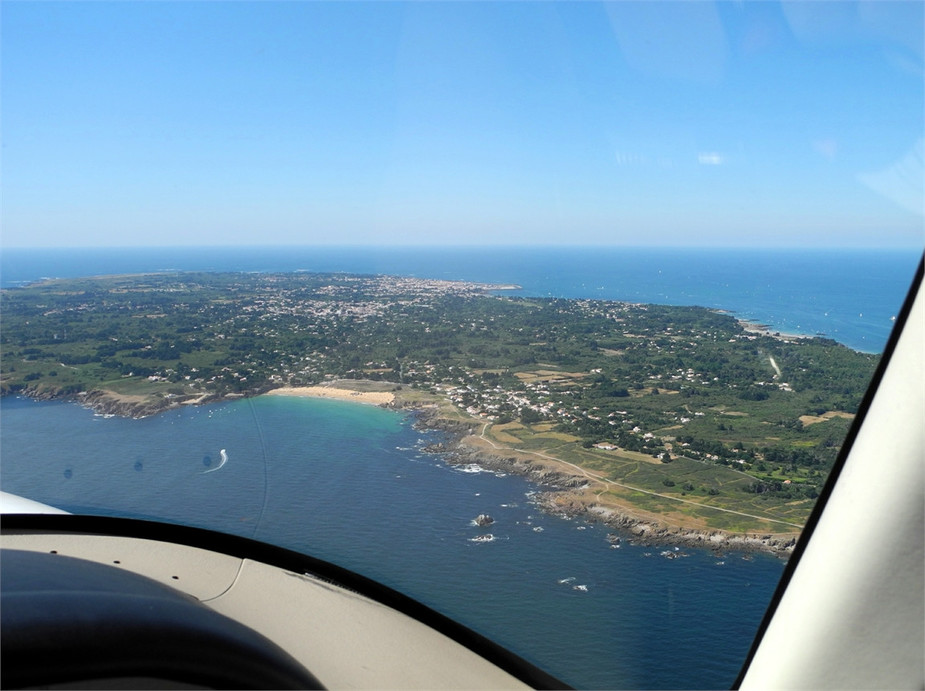
Here it is as we join righthand downwind. The A/G operator does officially speak English, but he obviously prefers french, so I did all the R/T in french with him. As you can immagine, there is often a lot of wind there, and it was definitely across that day!
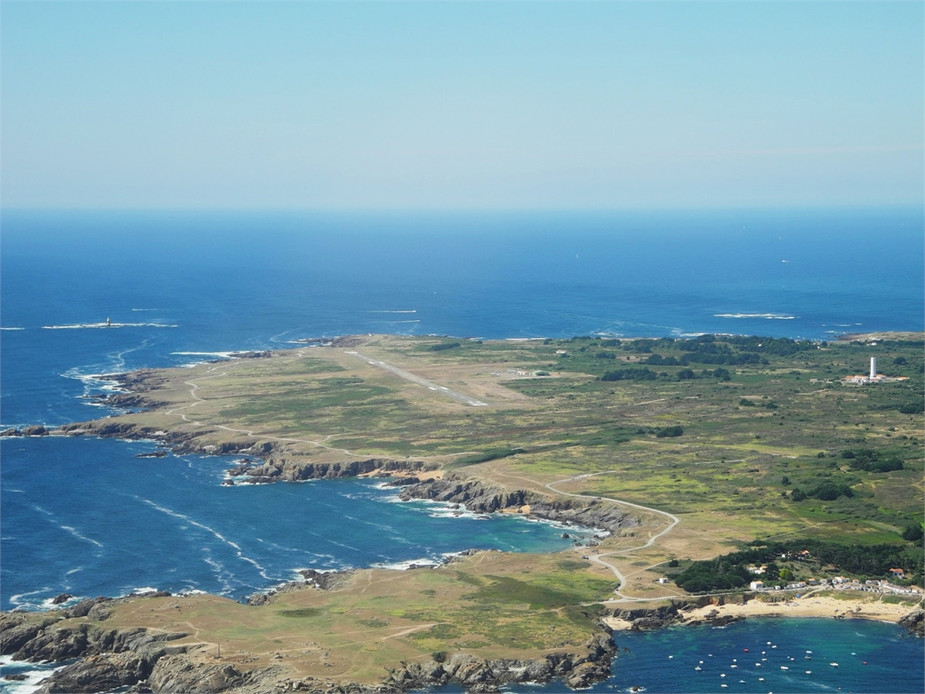
Happy campers at l'Ile D'Yeu.
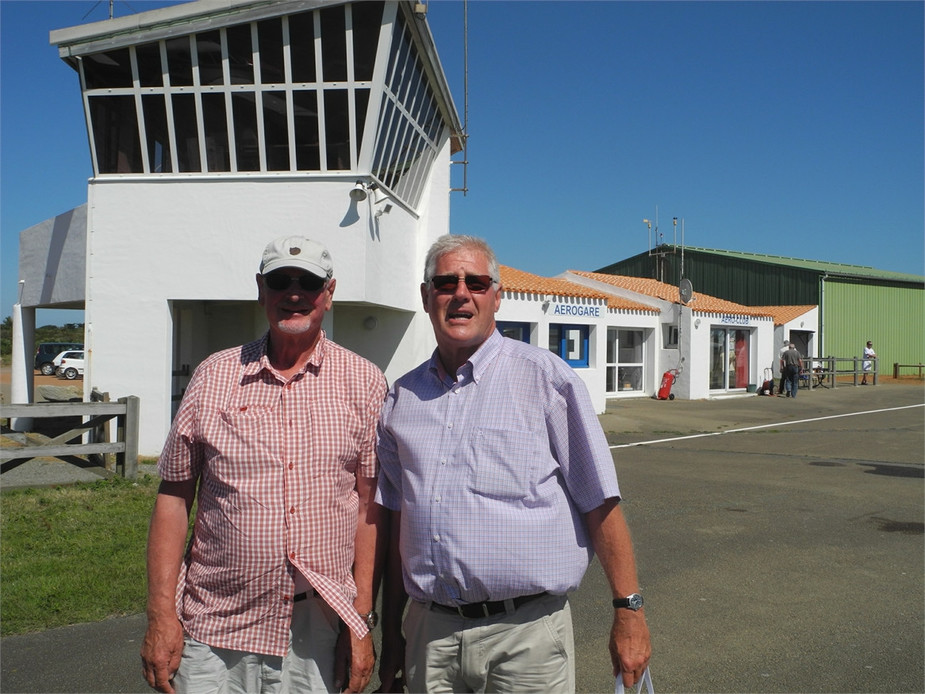
We originally intended to stay on Ile d'Yeu for two nights. However, to be honest we soon found out that we didn't enjoy the island too much - at least not in high season, which it was. Port Joinville was crowded, noisy and also somewhat tatty. This is where private flying really makes a difference - one can decide to change plans at any time. So, after one night we left the island again, and flew VFR to La Baule-Escoublac, a seaside town on the mainland, about 20 flying minutes north of Ile d'Yeu.
Here we are, on departure at Ile d'Yeu.
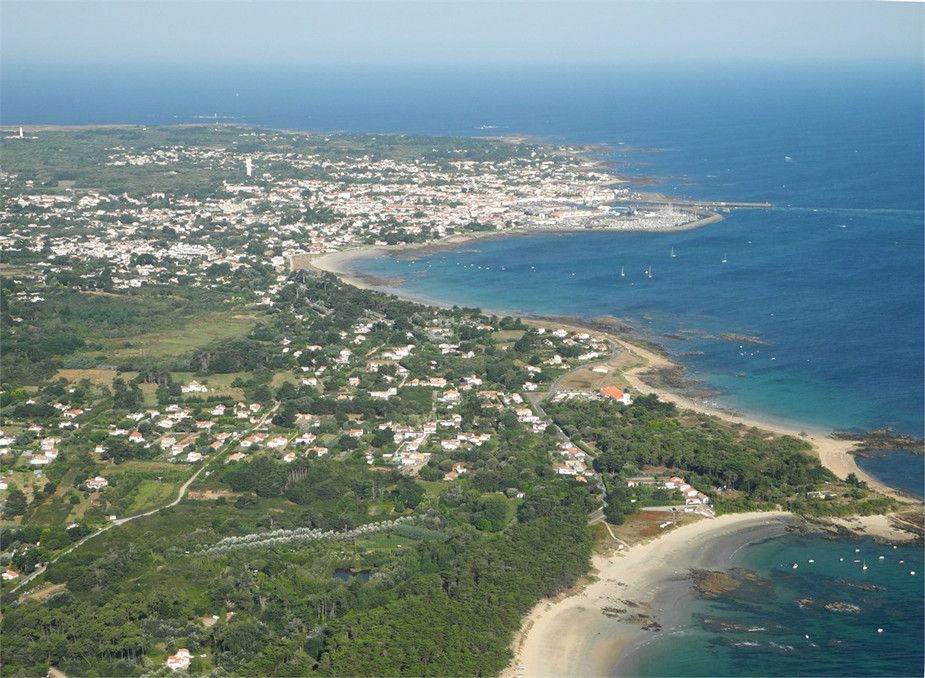
A beautiful island for sure; but if I ever come back it won't be in July or August.
This is the vast bay of La Baule-Escoublac, just west of Saint-Nazaire and the river Loire estuary. The greenish area in the background is the airport, located almost in walking distance of the beaches.
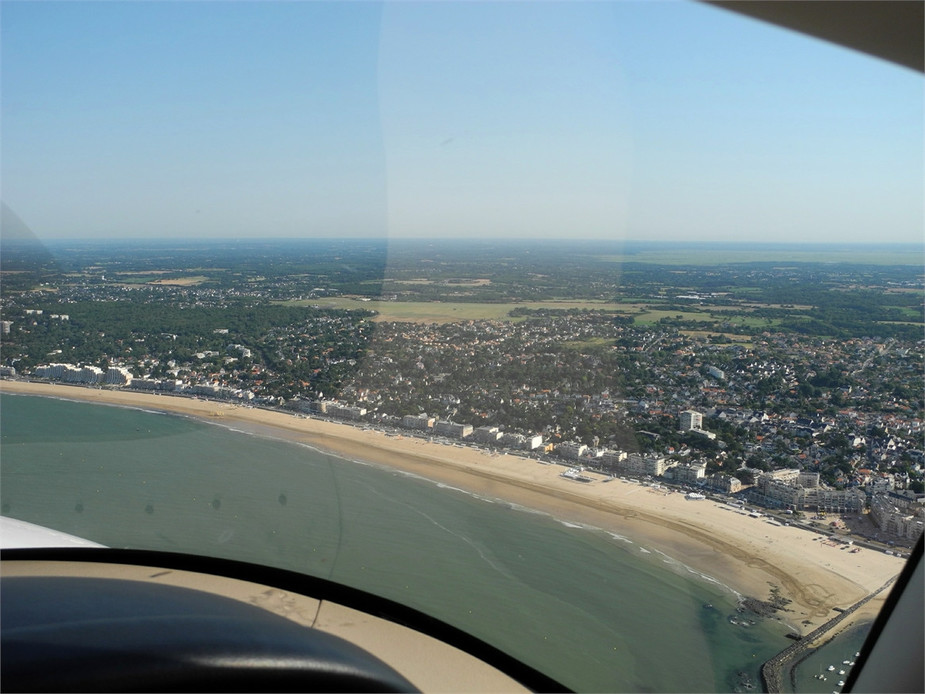
La Baule-Escoublac airport (LFRE) in the sunshine. Robins and Socatas abound...
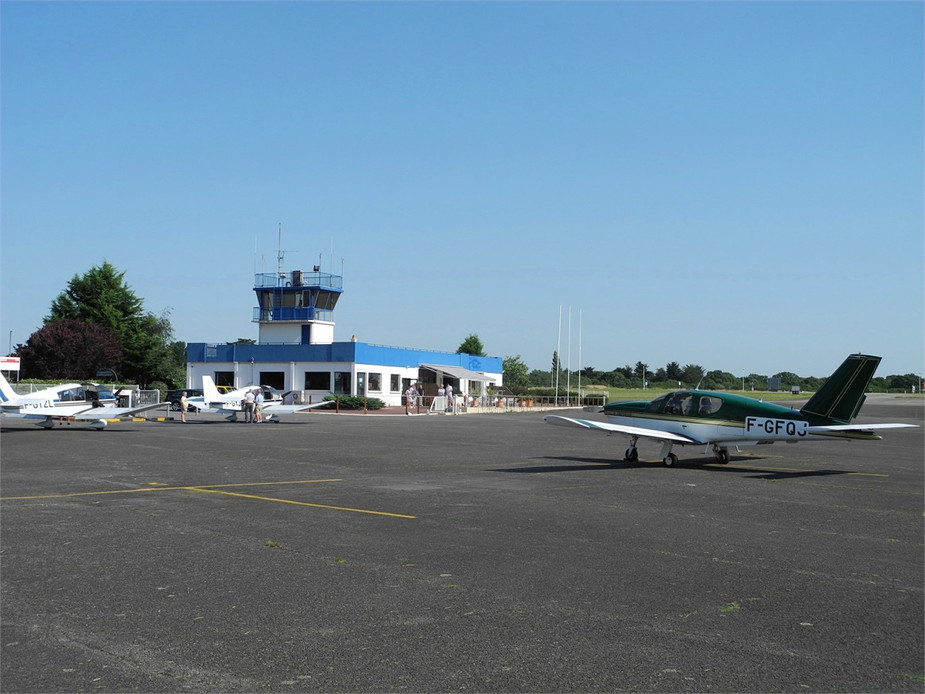
The beach, during low tide.
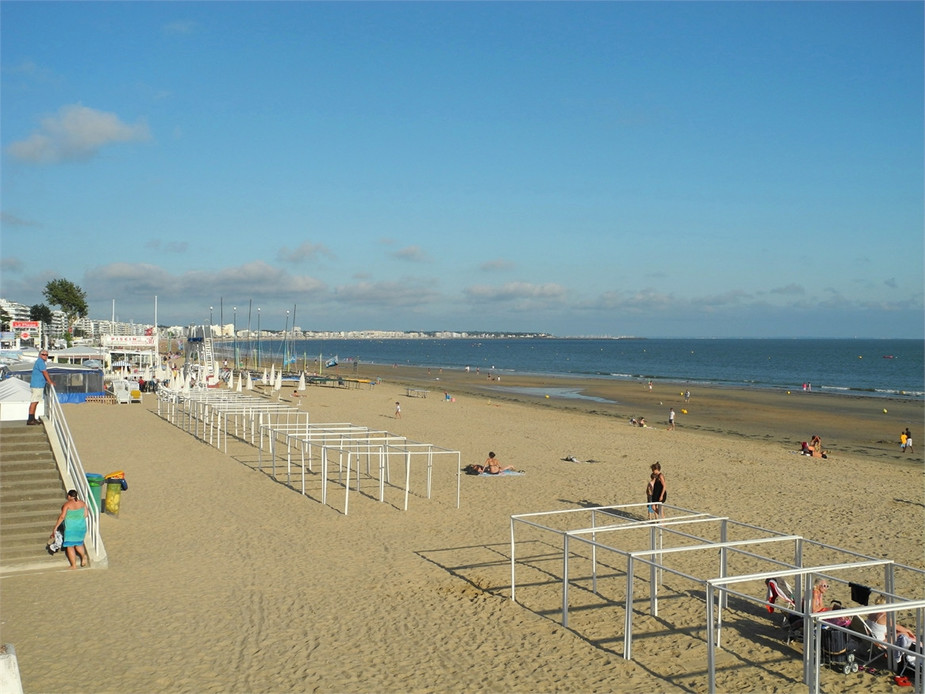
We enjoyed La Baule much more than Ile d'Yeu. Of course, it was high season anywhere, but on the mainland, the masses of tourists tend to "distribute" more nicely.
We had some dinner here:
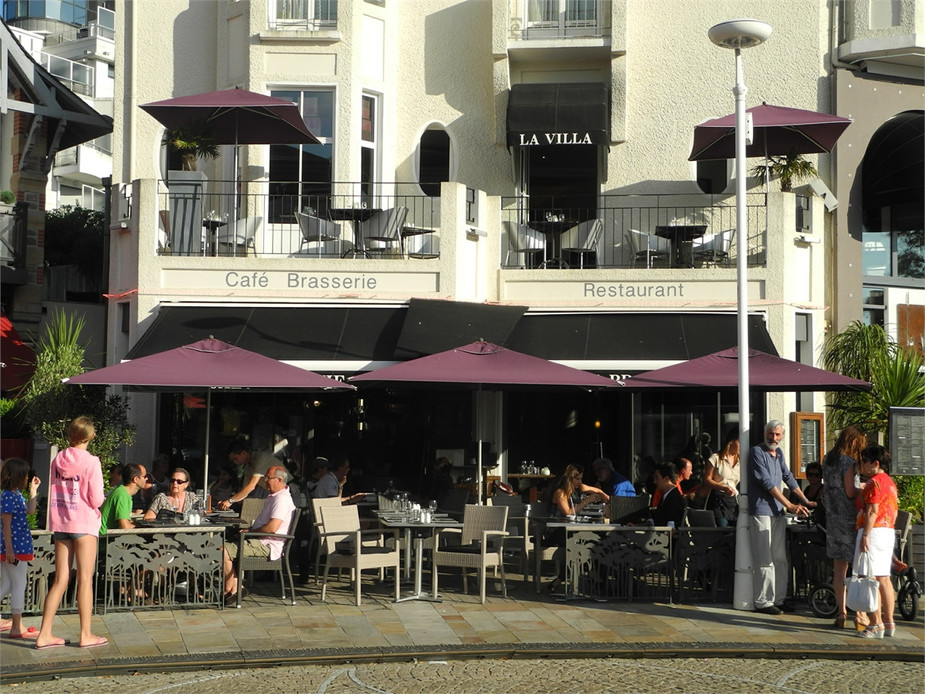
The next day was the day of our return to Lübeck and the last day of the trip. From la Baule to Lübeck would just be possible, but we wanted to top off our tanks one more time in northern France to take advantage of acceptable Avgas prices. Le Touquet became the almost natural choice, also because they always have good food there.
I shall mention that the IFR pickup out of La Baule was excellent; shortly after lift-off, AFIS handed us over to Nantes Approach and they immediately cleared us to climb, with a nice "direct Caen" to boot! Chapeau!
That was when the fun really started...as we climbed, we noticed a massive tailwind...
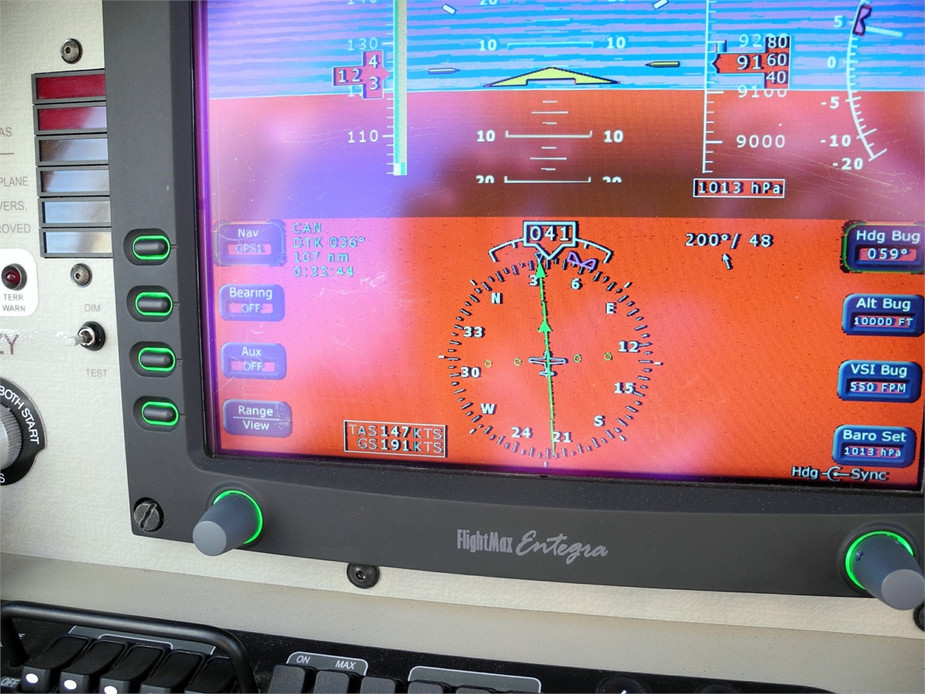
Once we had levelled-off, there was a tailwind component of 40 knots, so we throttled back to 11.5 GPH and still enjoyed 200 knos over the ground. Niiice.
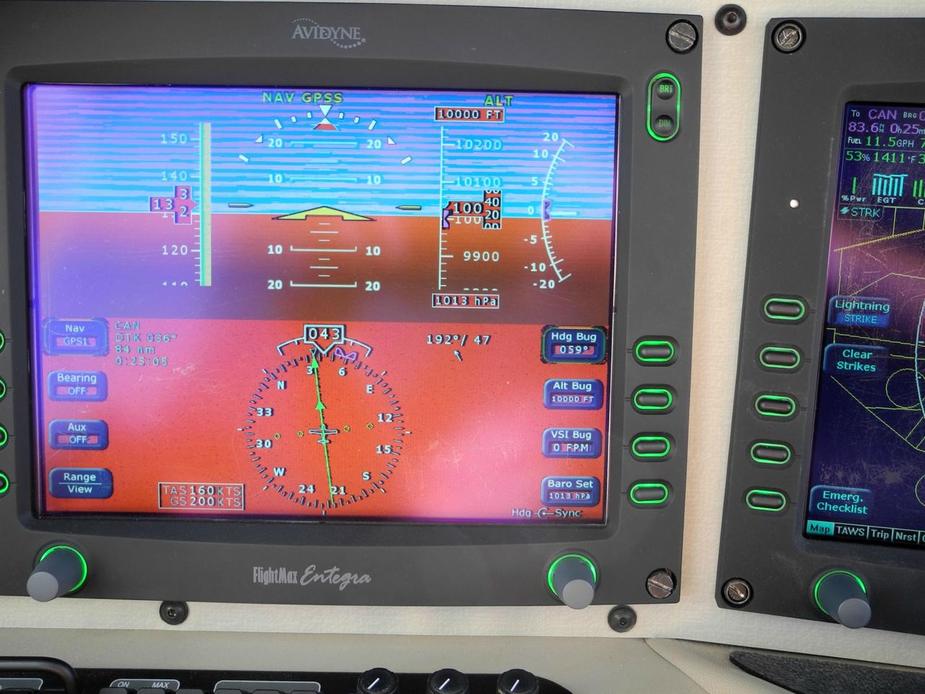
The tailwind was so nice and steady, we eventually throttled back even more, to make 152KTAS (194 over the ground) at 10.4 GPH. That was 18.7NMPG...!!!
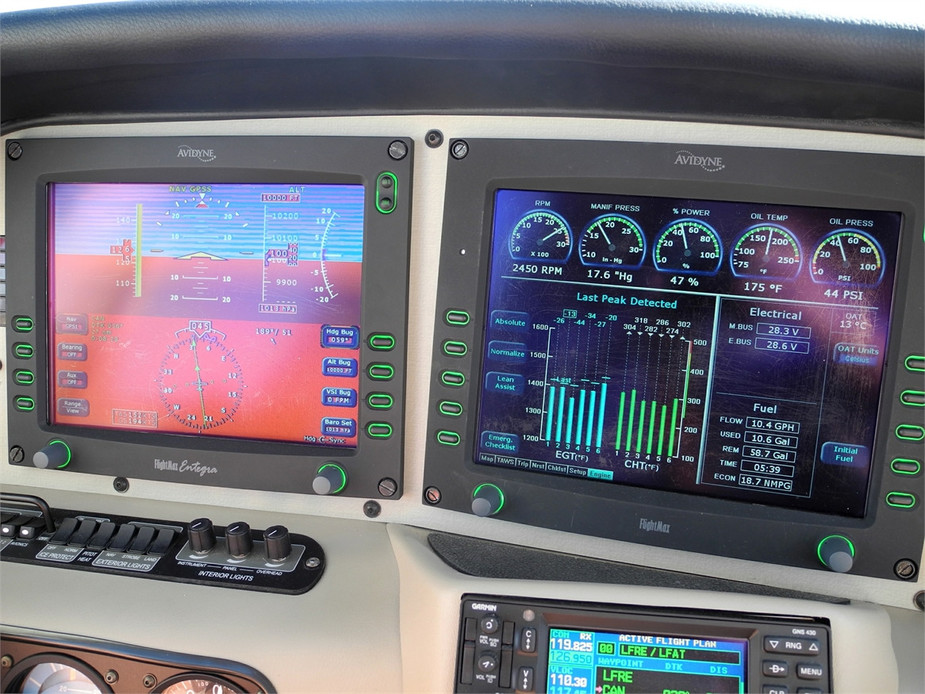
(If you wonder, the defective PFD has since been exchanged - part of the DFC90 upgrade.)
Le Touquet was as nice as always, even though the Avgas is now definitely a little on the expensive side (when compared to e.g. Calais). After lunch, I took a few minutes to catch a few of the parked aircraft on camera - Le Touquet is always a good place for this as it attracts such a nice variety of GA aircraft...
C182.
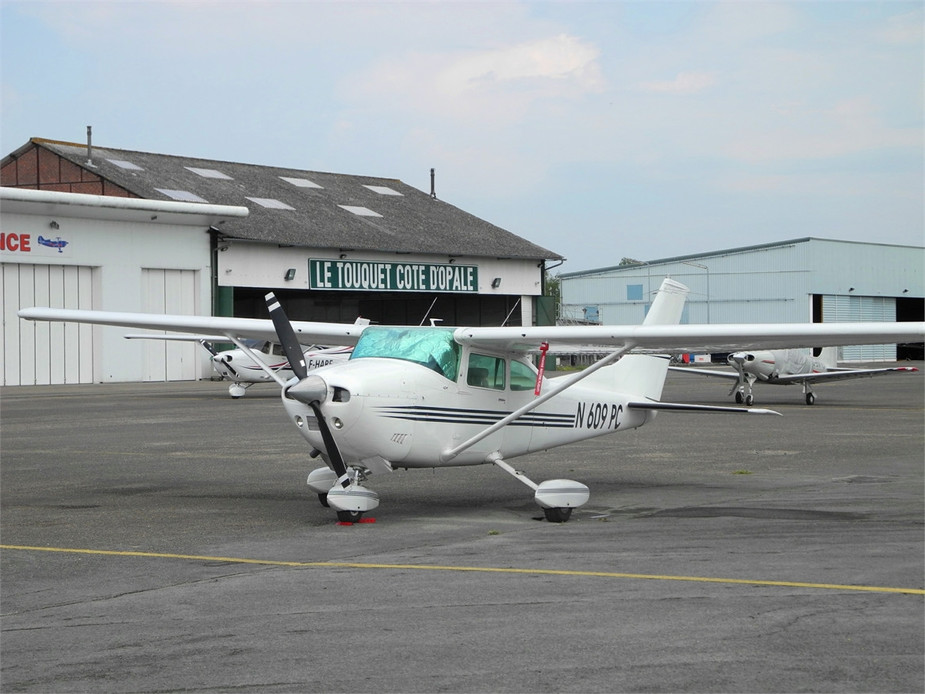
Piper Dakota.
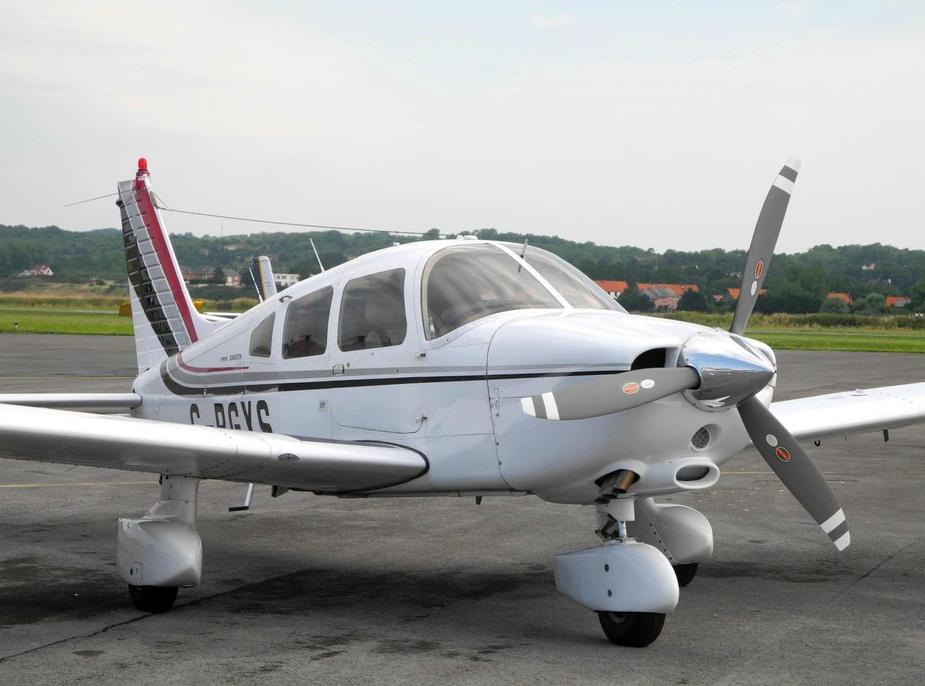
Piper Archer II.
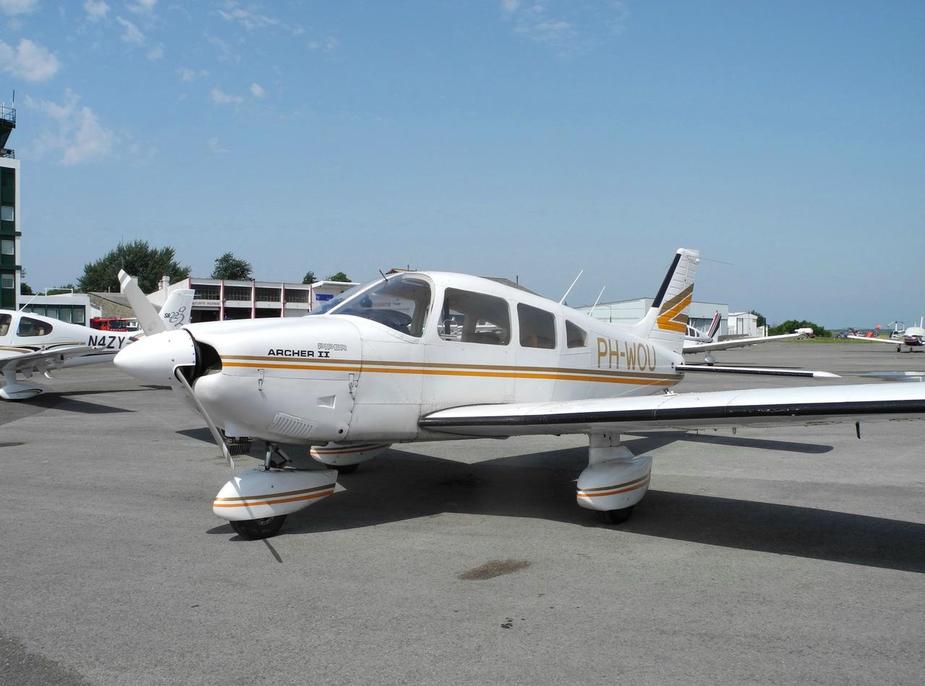
C152...;-)
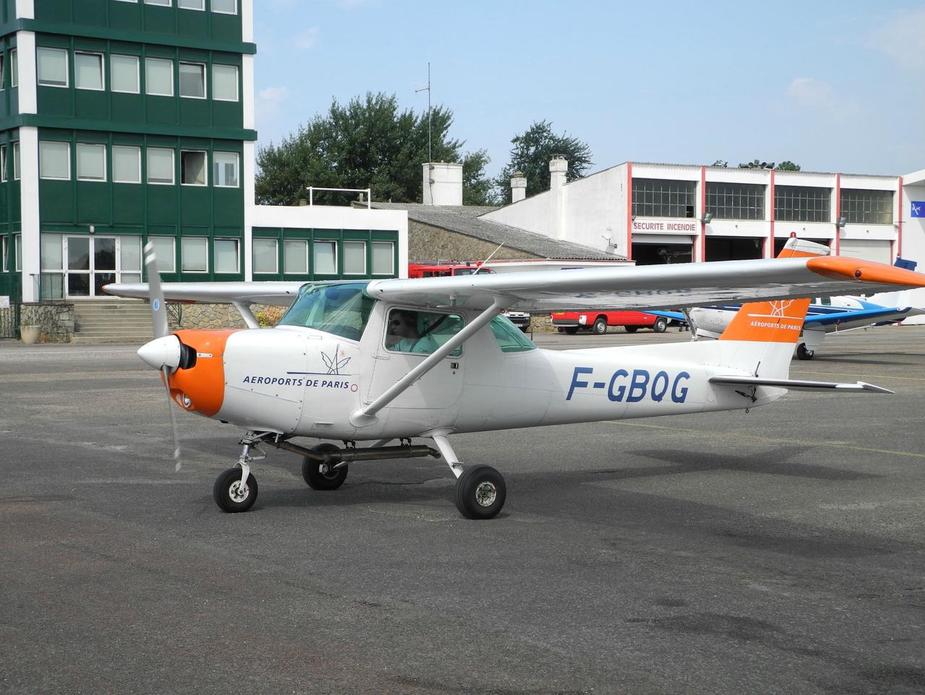
Late model C177RG.
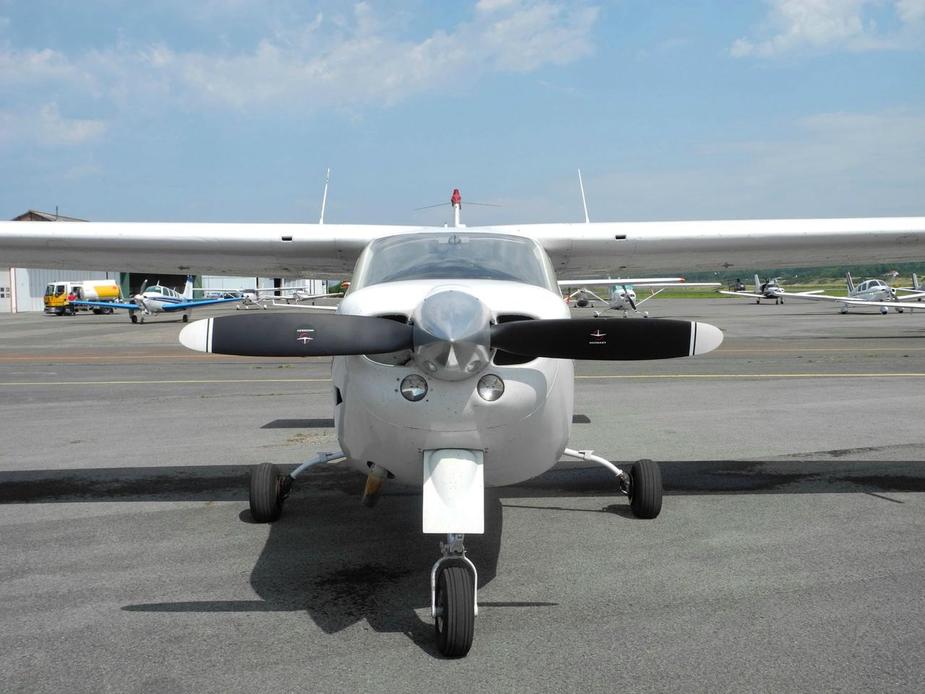
Mooney 252.
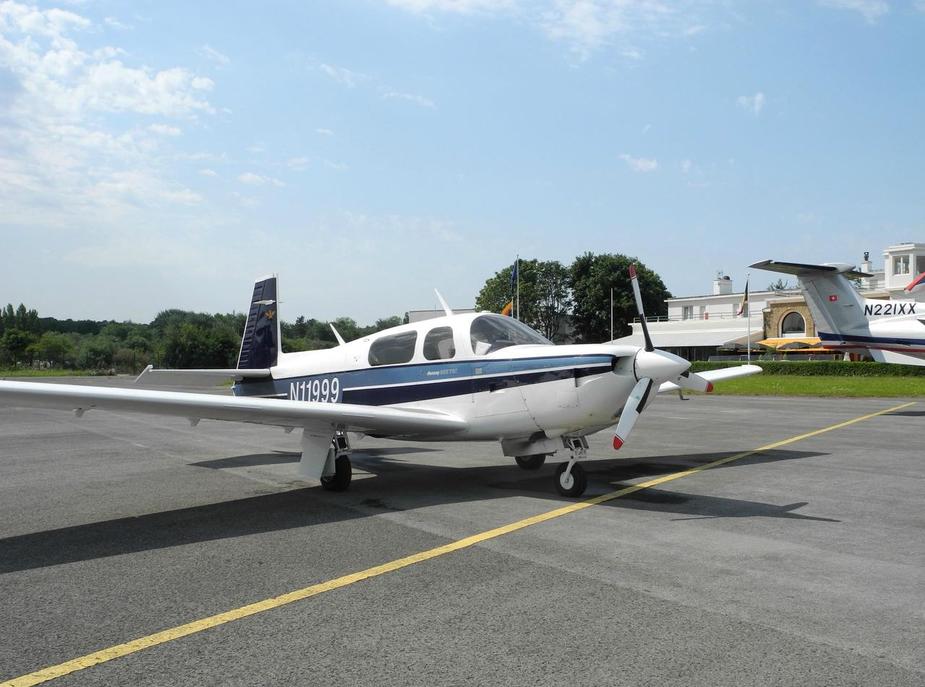
Piper Navajo Chieftain.
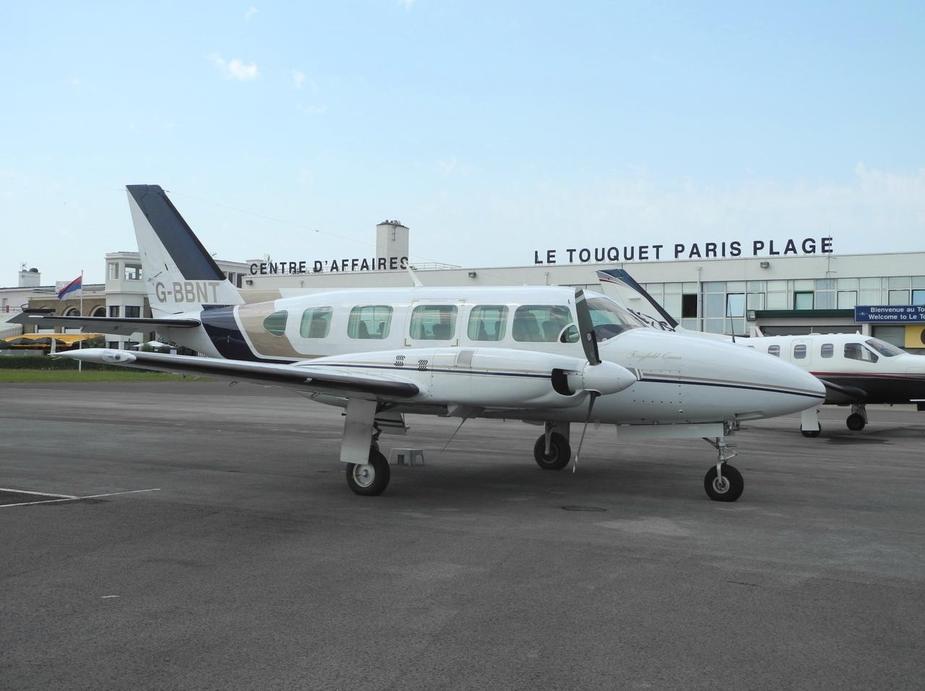
The final flight to Lübeck was uneventful and again, we enjoyed some very good tailwinds.
On the ILS for runway 07...
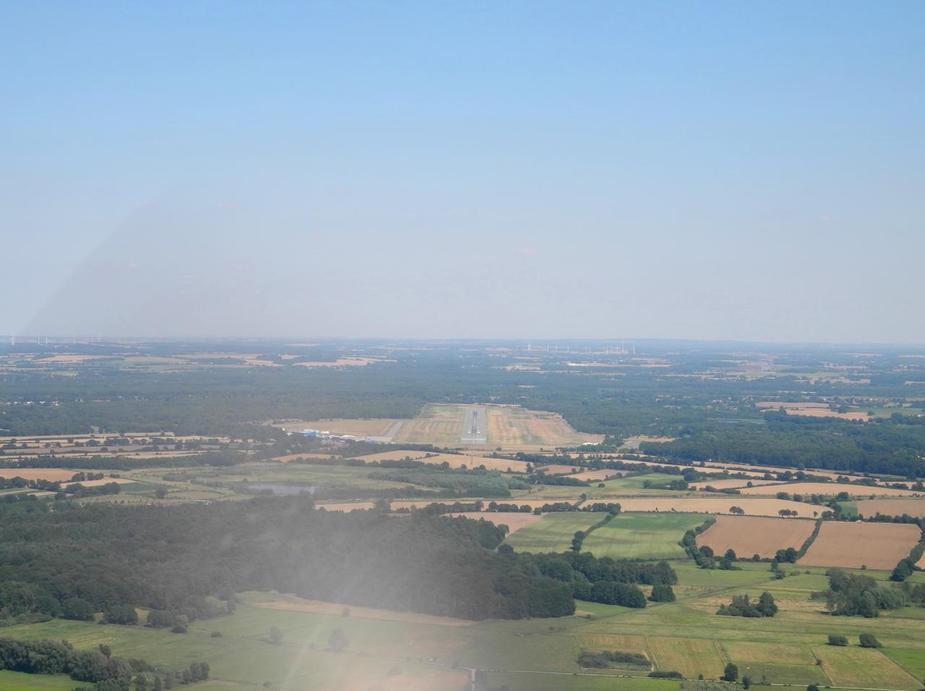
Again, a fantastic summer trip. The weather and the flying were great (I think we spent a total of about 20 seconds in IMC on the entire trip). ...And the swimming in the Atlantic was fantastic, as well.
Hope you enjoyed "coming along with me"!
Thanks for all your effort to write this up, Philipp, it makes nice reading. I certainly share your distaste for overcrowded tourism places.
Can't help help regretting you didn't visit, though you passed so very close, one of the holy grails of European aviation history: the former Latecoere factory, and the museum at the other side of the water, at Biscarrosse. A good reason for your next trip, I should think!
thanks Boscomantico for the detailed report and brilliant pictures. Very motivating for the next travelling season.
Excellent report. Thanks for sharing. E
Thanks for taking the trouble to write it up
Klasse Artikel und Fotos, Detlev
Good writeup.
Are those deserted airports always thus?
Maybe the GA flies only at weekends?
Are those deserted airports always thus?
Maybe the GA flies only at weekends?
I really don't know. Logrono's official opening hours are really minimal, even on weekends, so that would suggest that useful flying would not be possible at all. On the other hand, who would ever base an aircraft at airport where this is the case?
But I really don't know as I was not there on a weekend.
The feeling I got, from my visits to airports like Granada, a few years ago, was that the parking there was so cheap that people who for whatever reason did not fly [anymore] just left the planes there.
I think parking at Granada was something like €5/month at the time.
Whereas in the UK the cost of keeping a "hangar queen" is a few hundred quid a month. Yet, I see loads of hangar queens around the UK even at that price. Some hangars I know about are 3/4 full of planes which haven't flown in 6+ months.
It's possible that somebody in banking and with the money to buy say an SR22 before the banking meltdown really does not have enough money to fly it today. I find it hard to get my head around that because if I was making loads of money my first priority would be busy stashing it away for a rainy day!
Unfortunately one can't tell when a plane was last flown, other than by grass growing around the wheels.
Great write up, thanks for taking the time to share it with us. My only complaint is that you didn't take a picture of the Falco at Le Touquet!